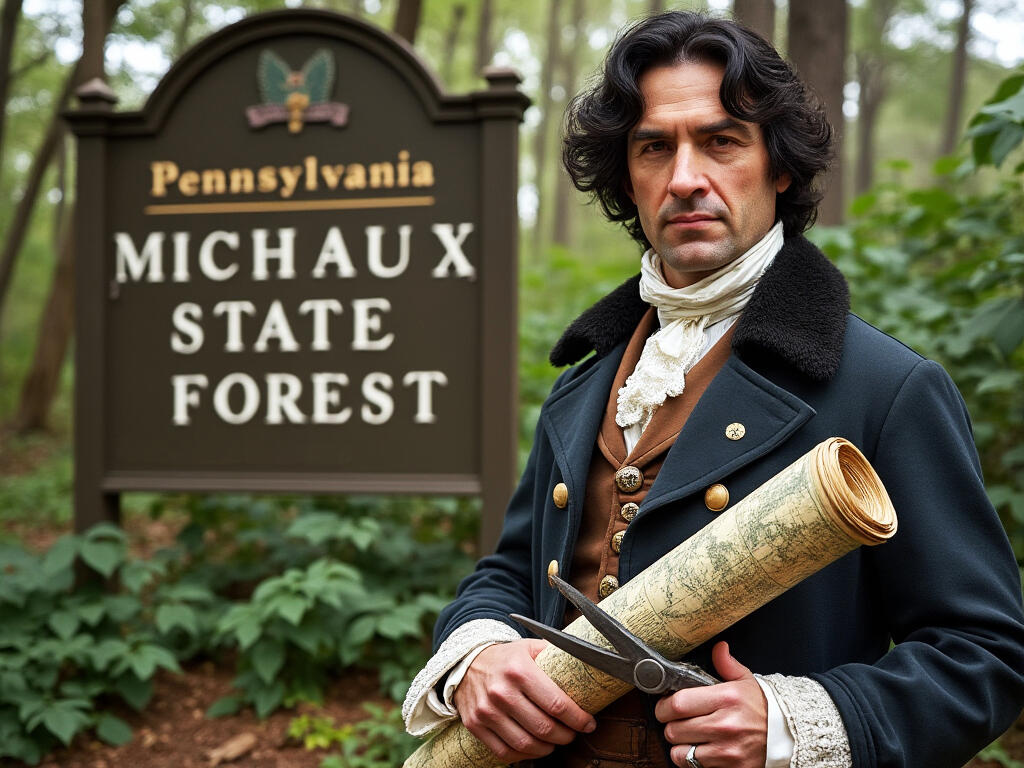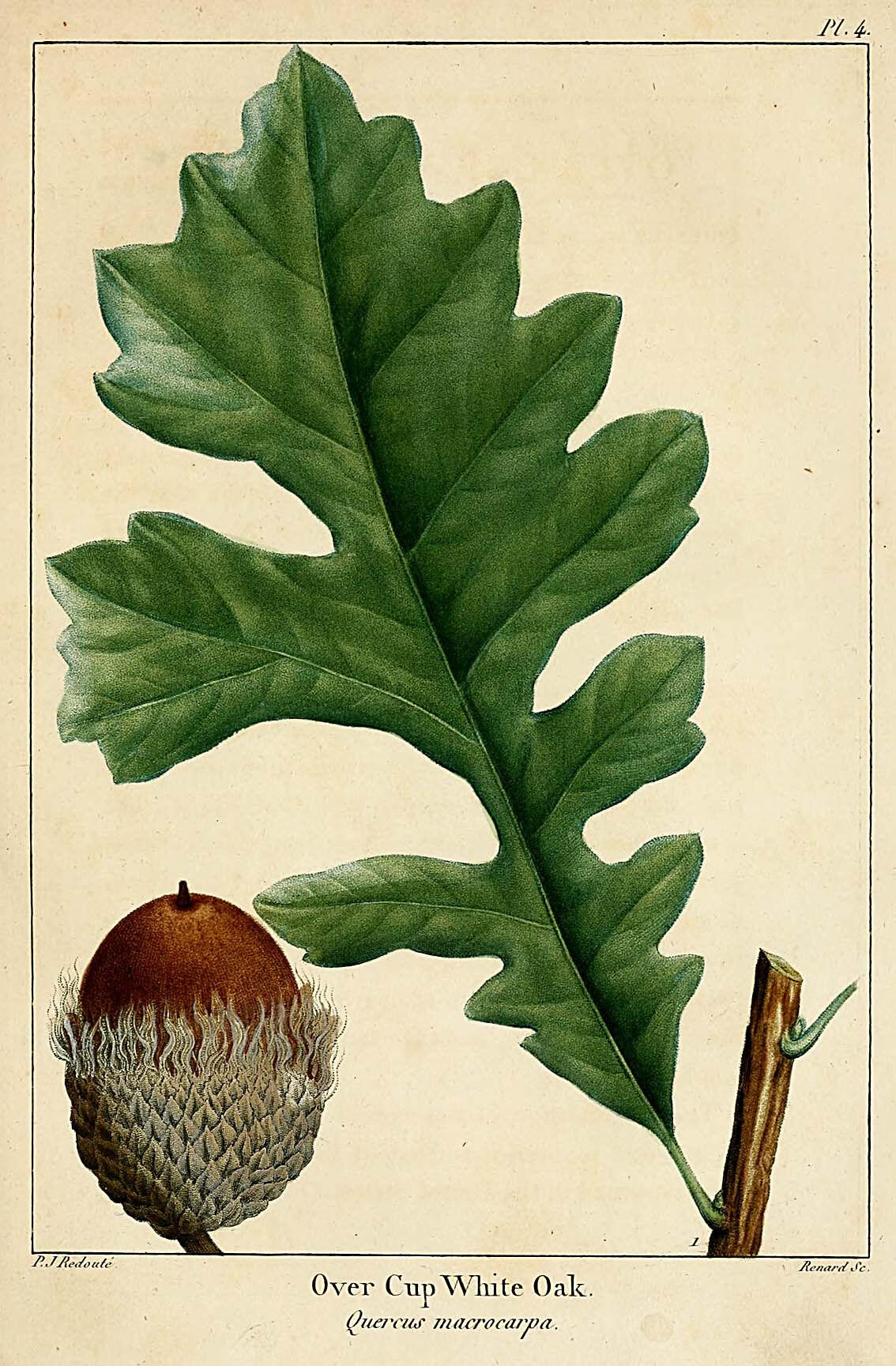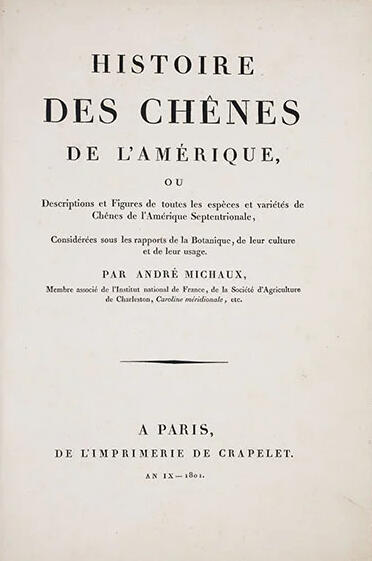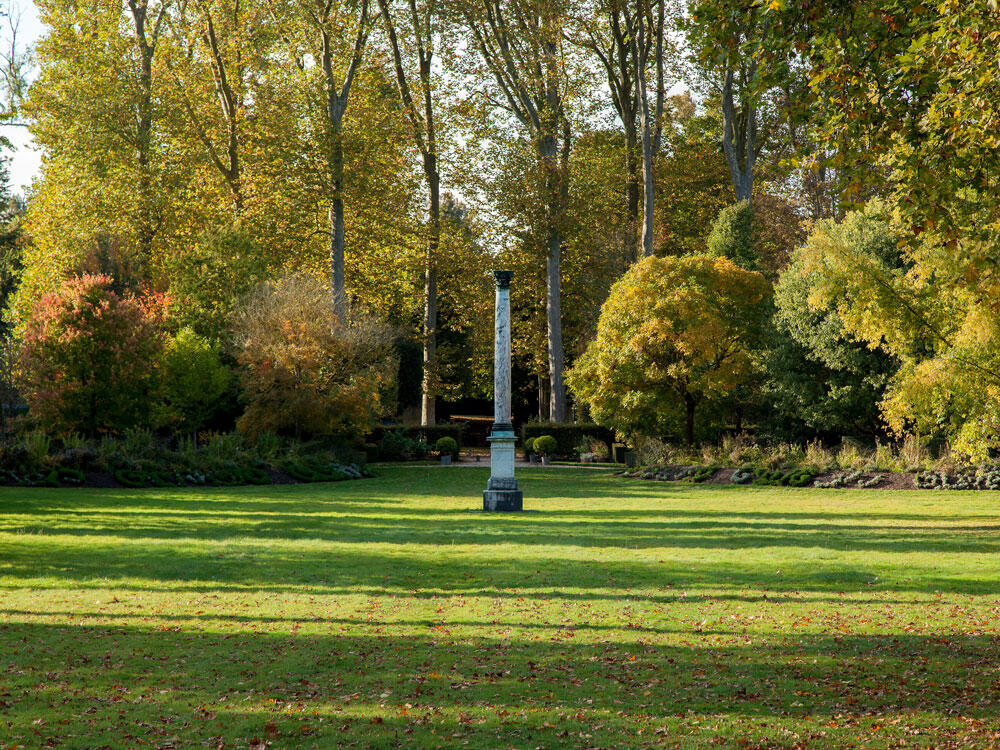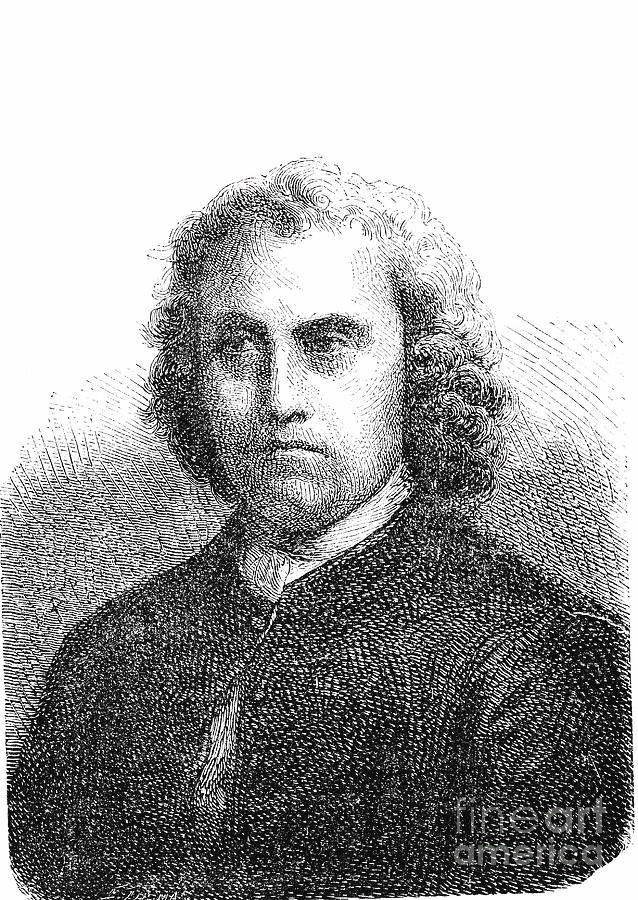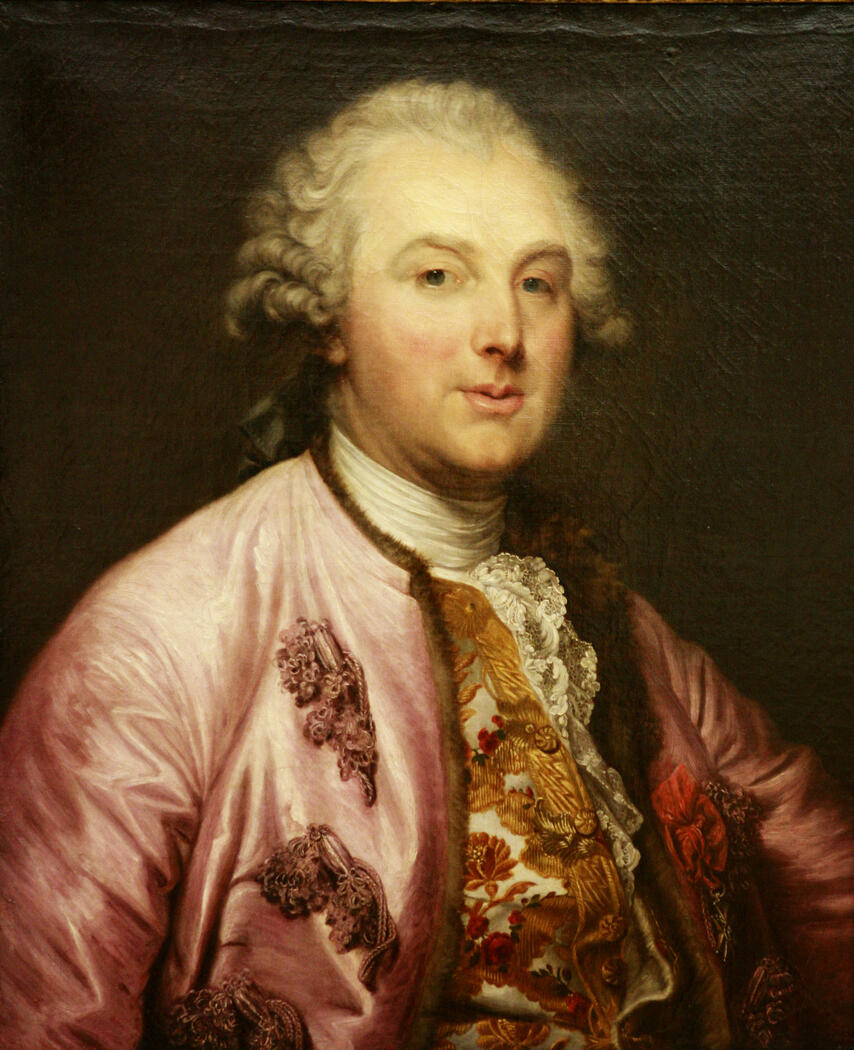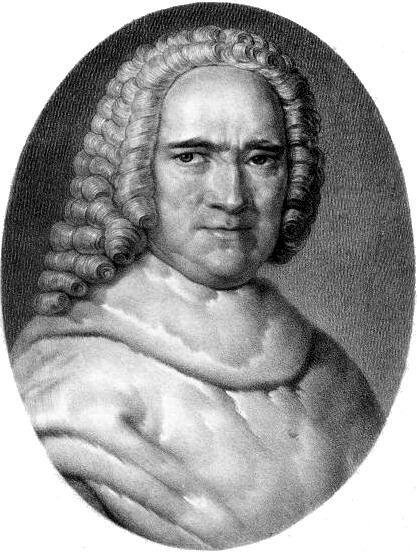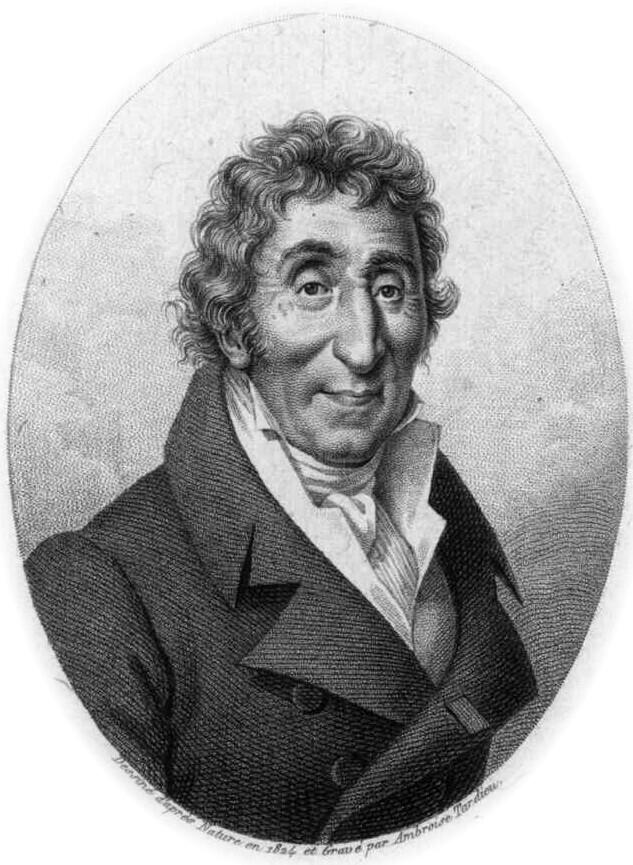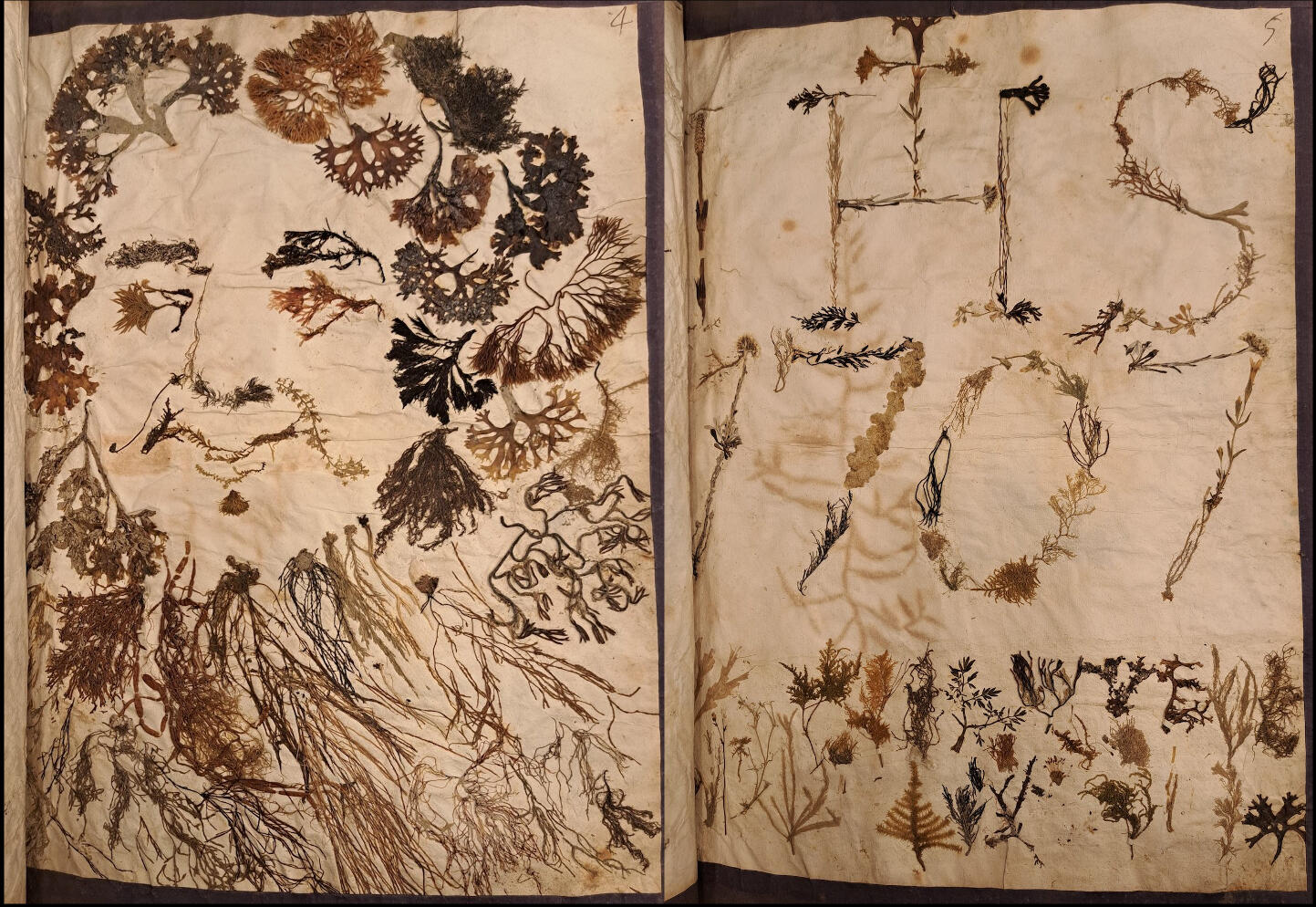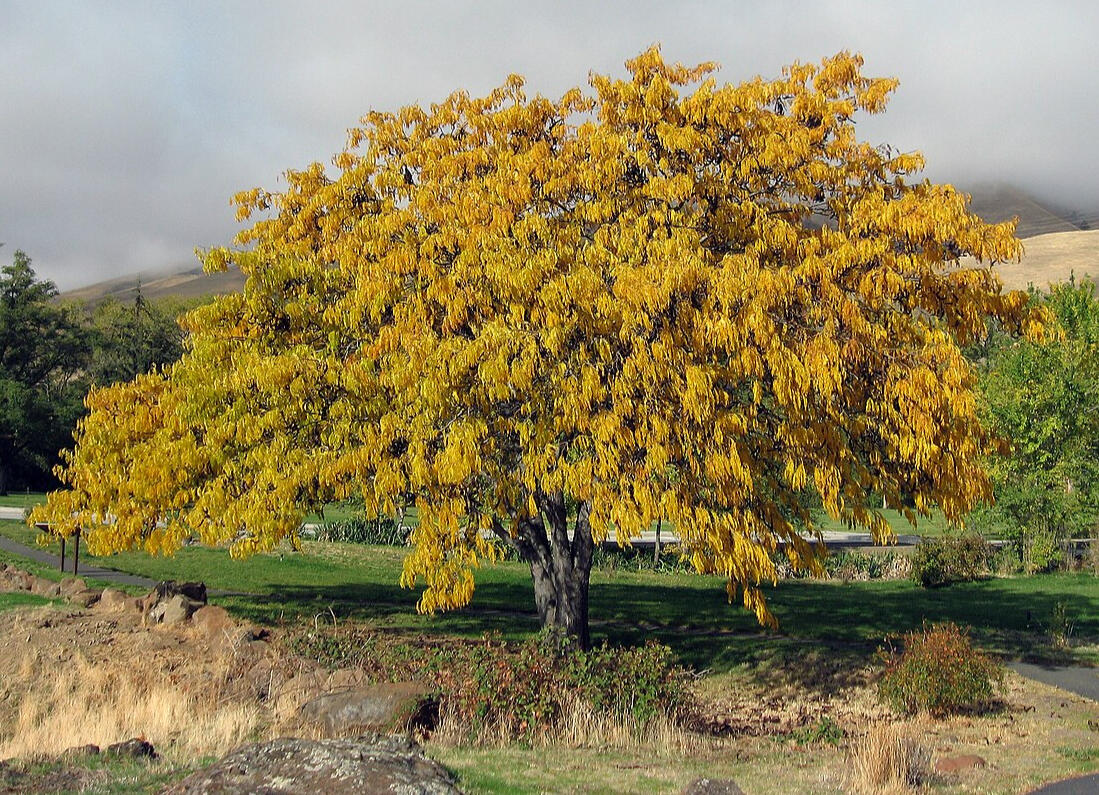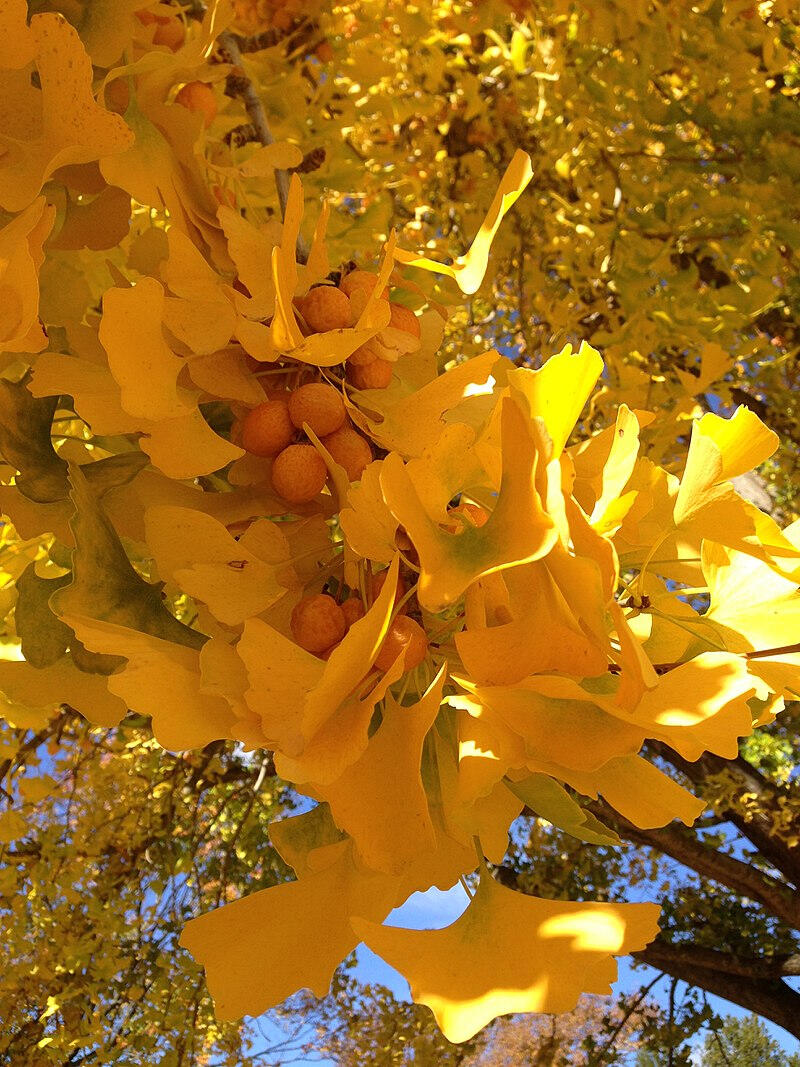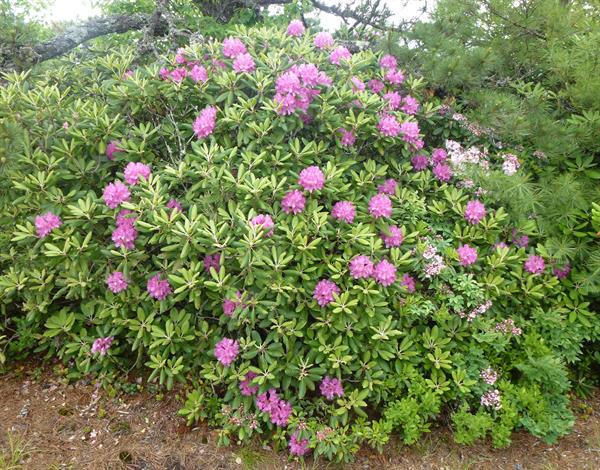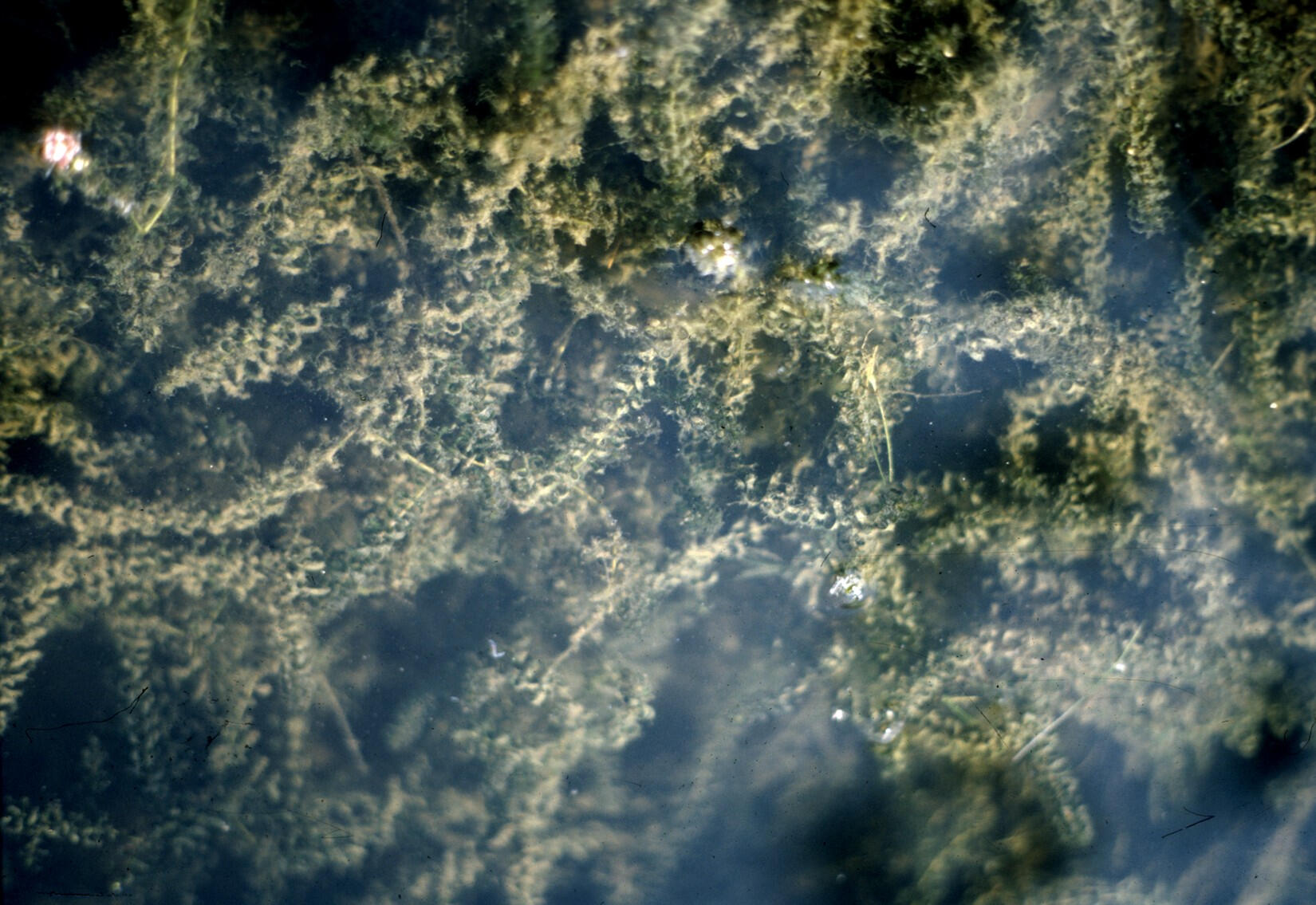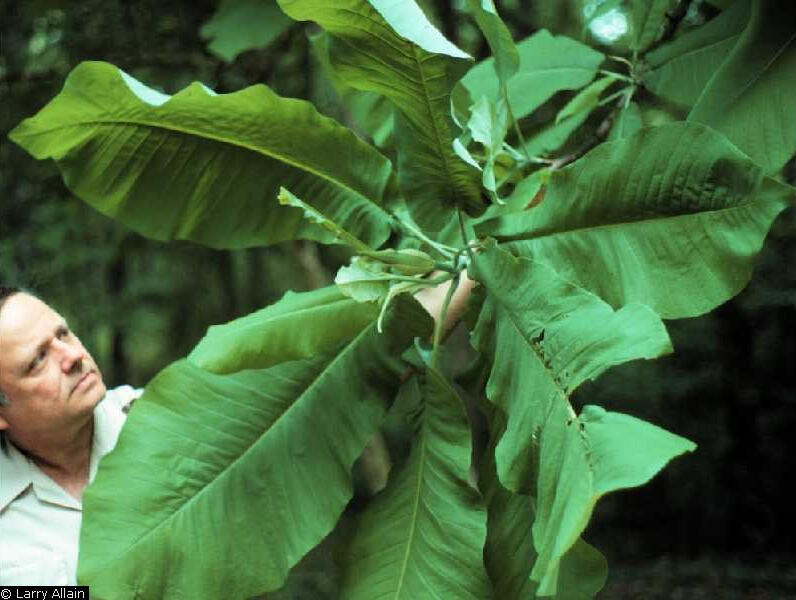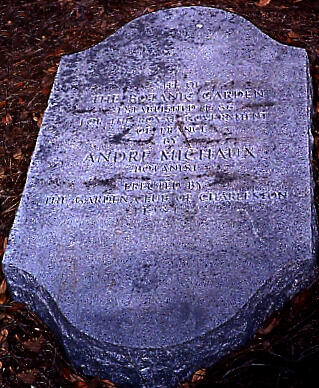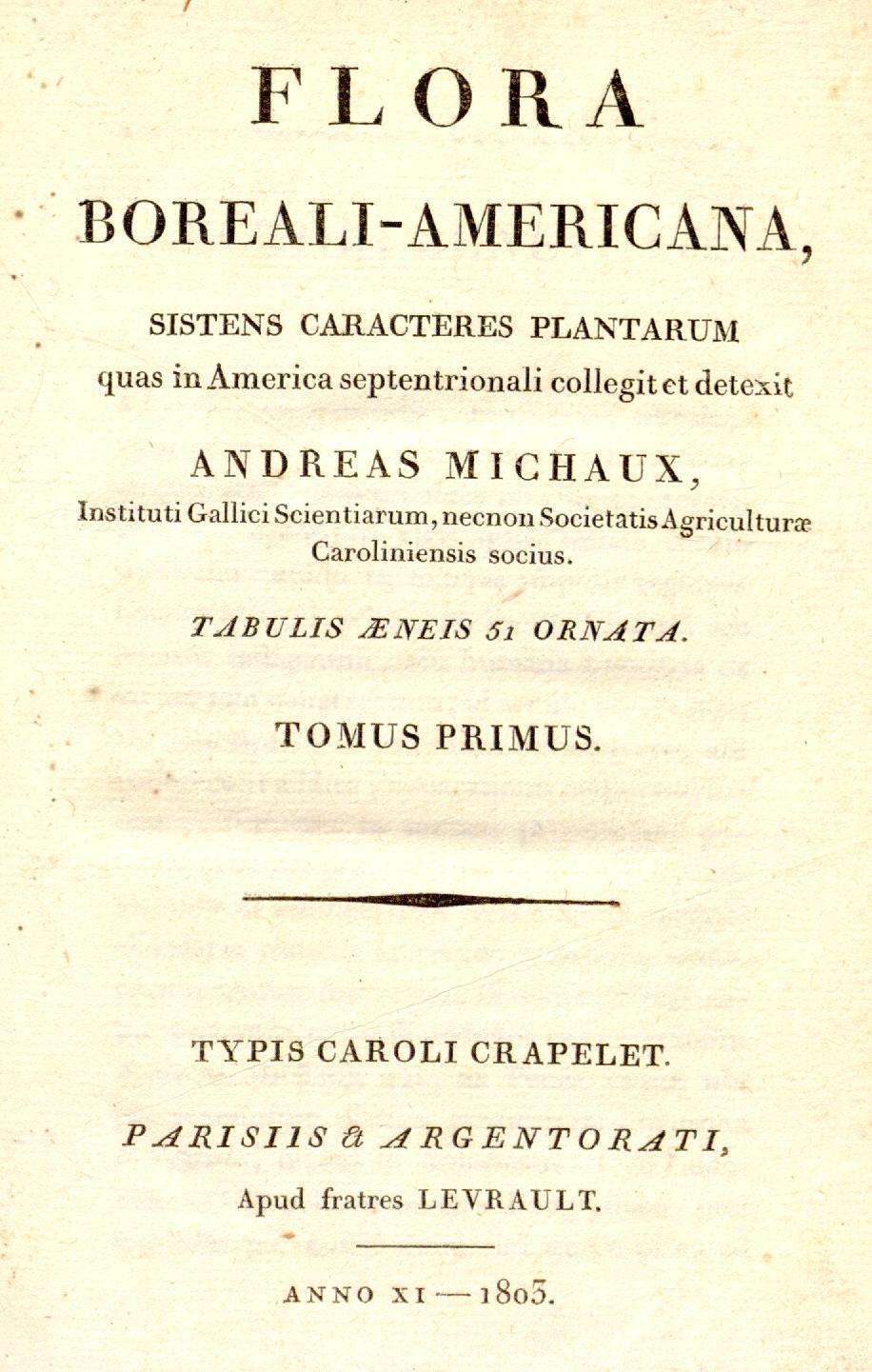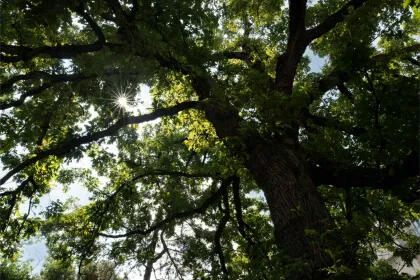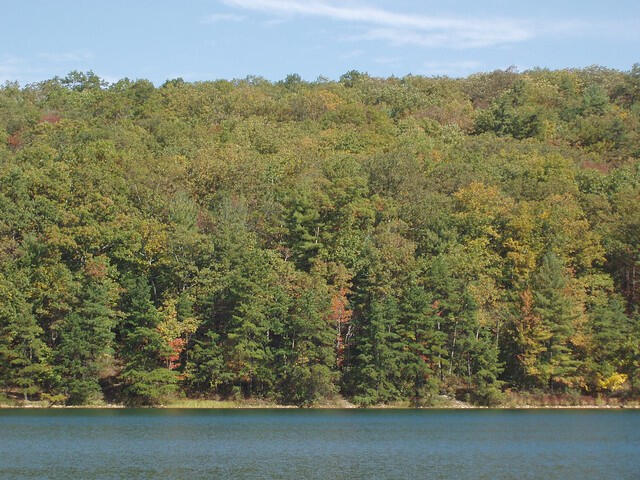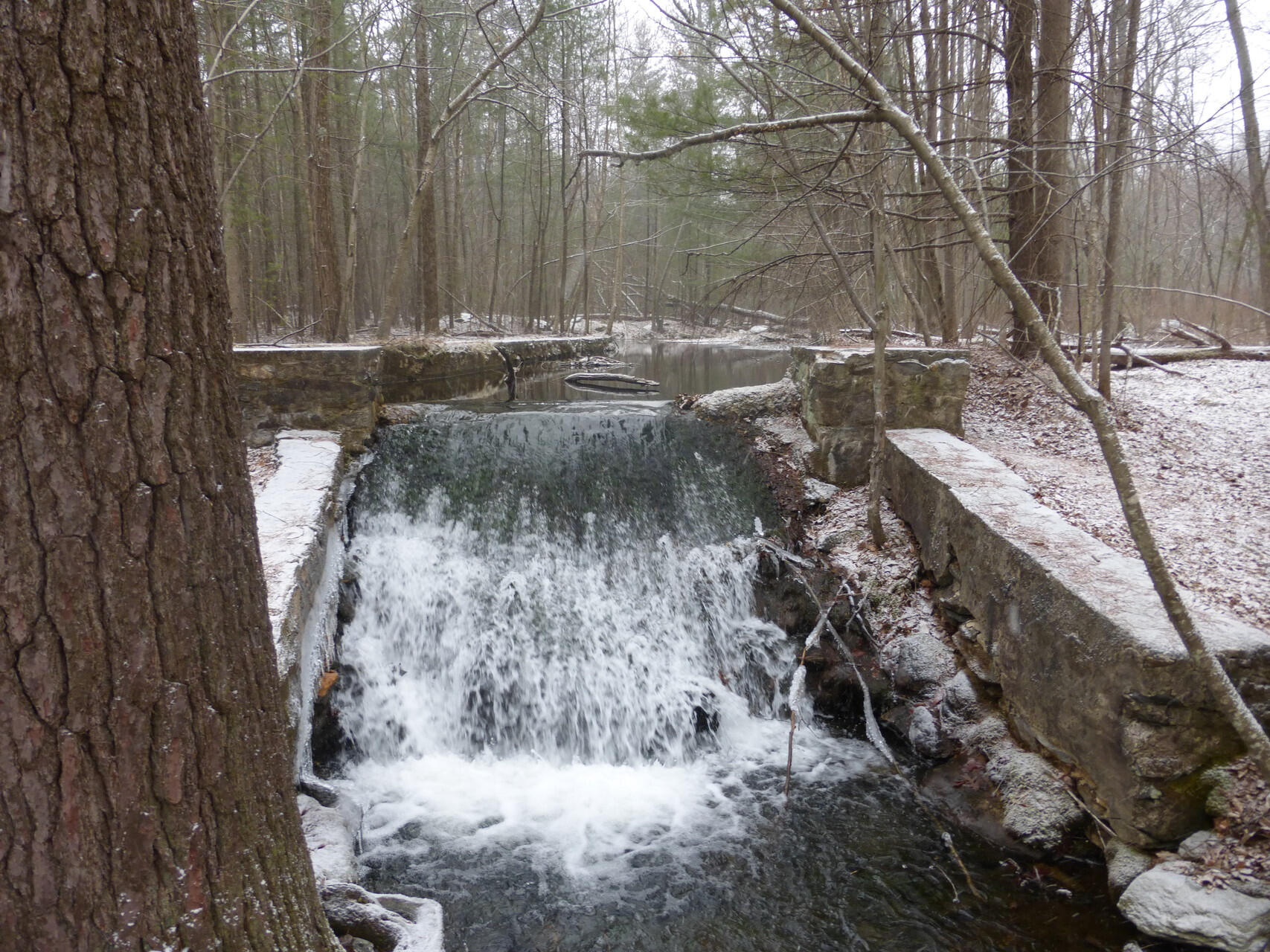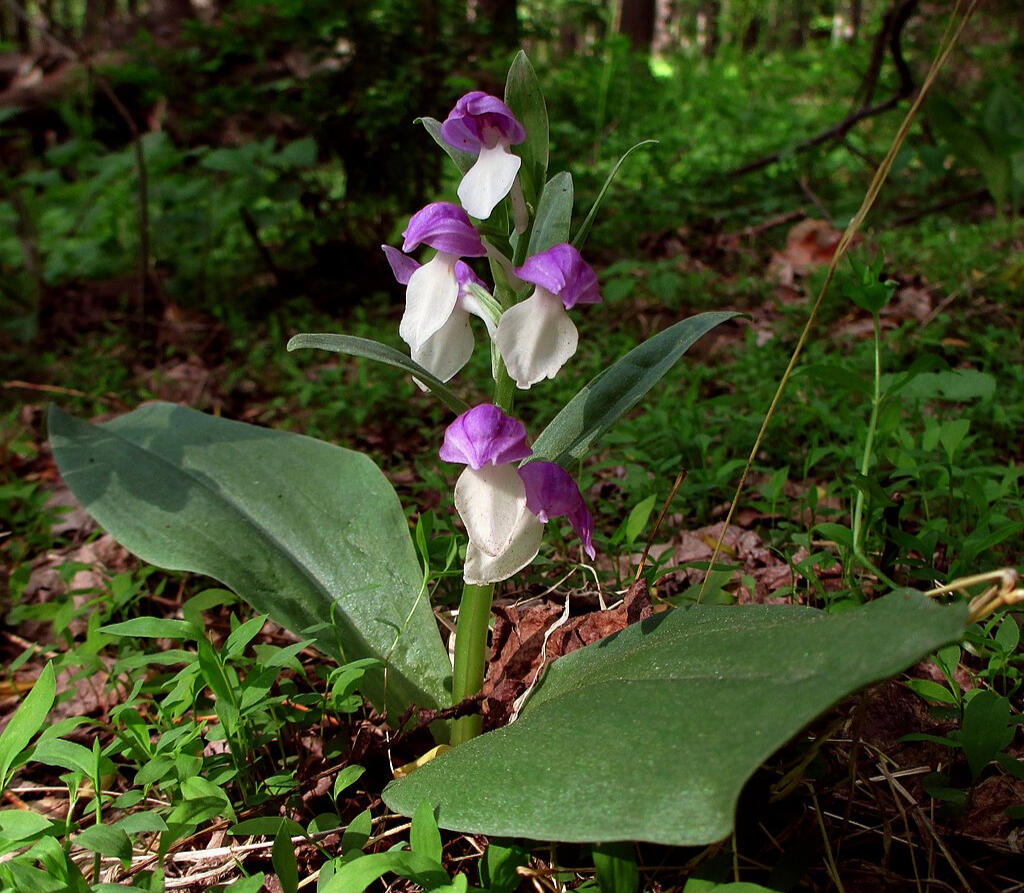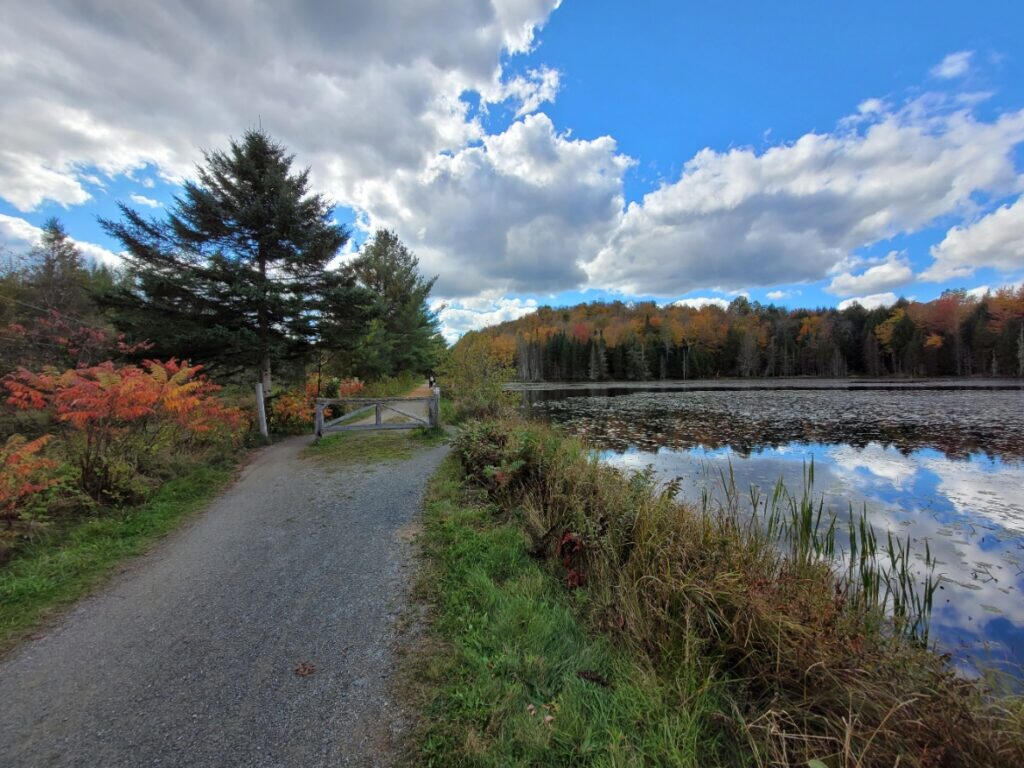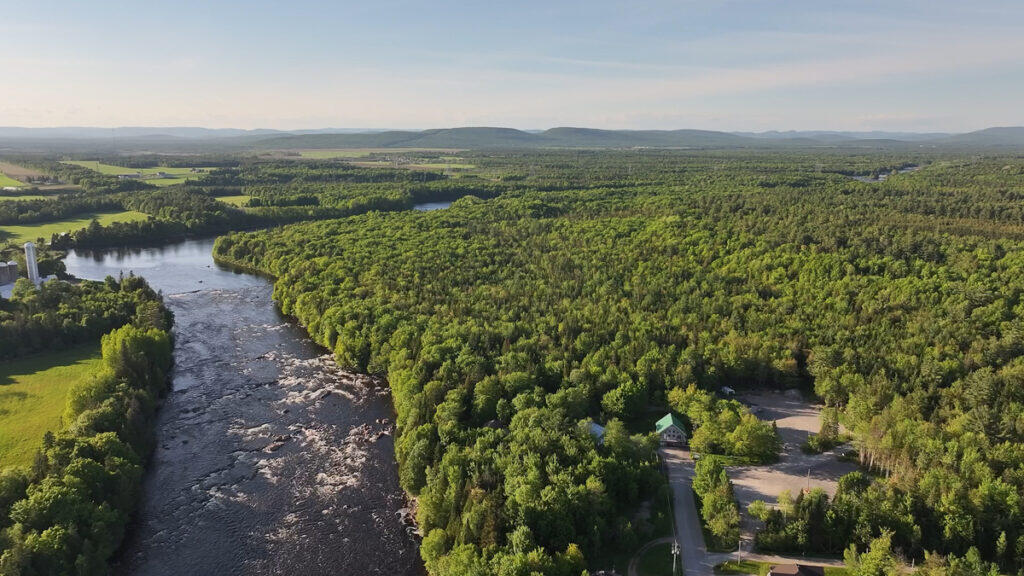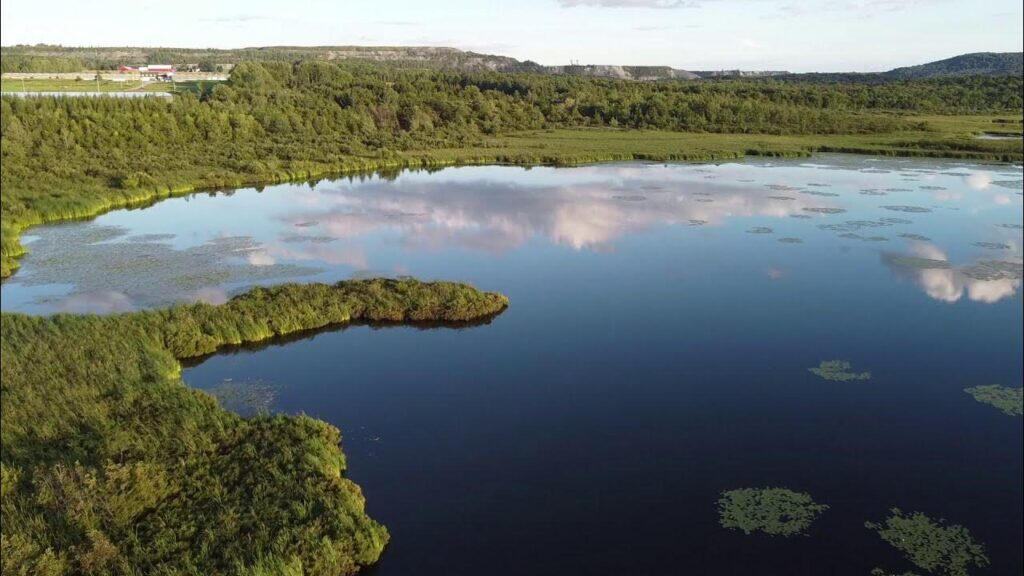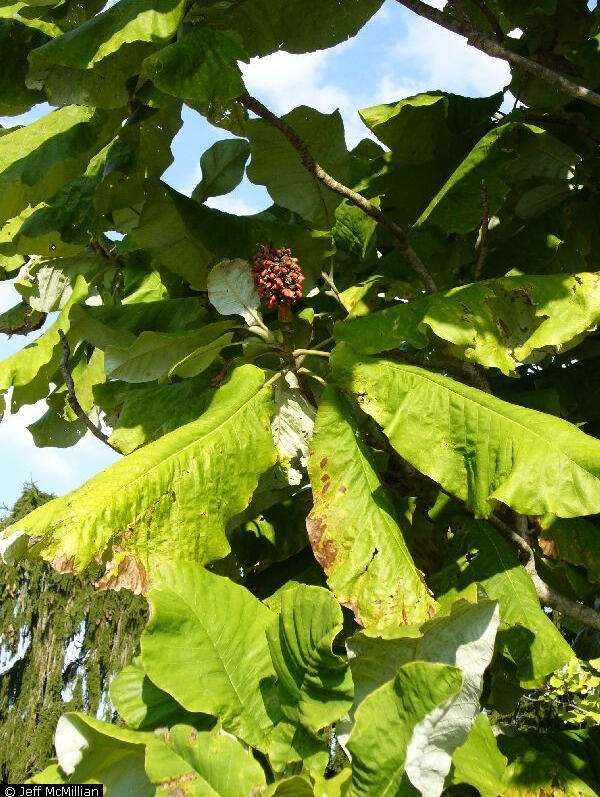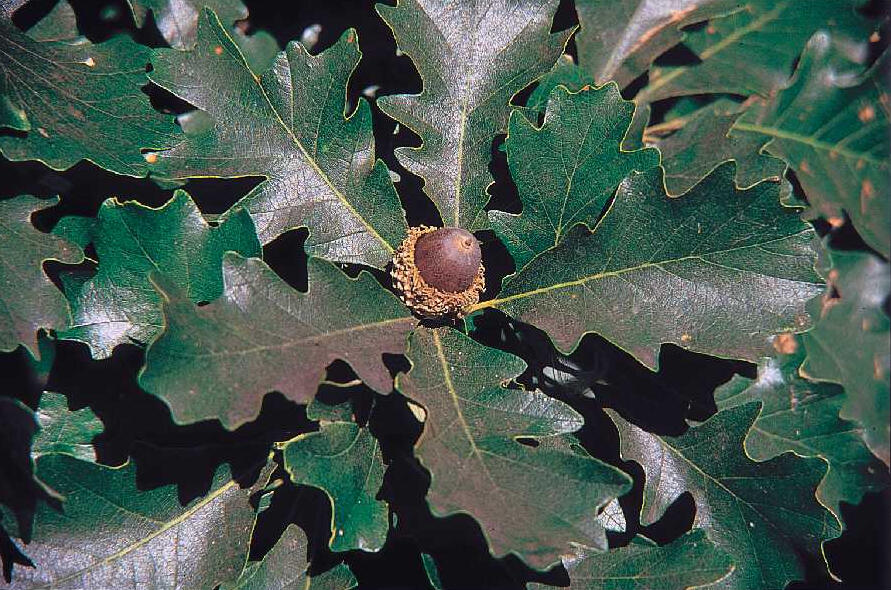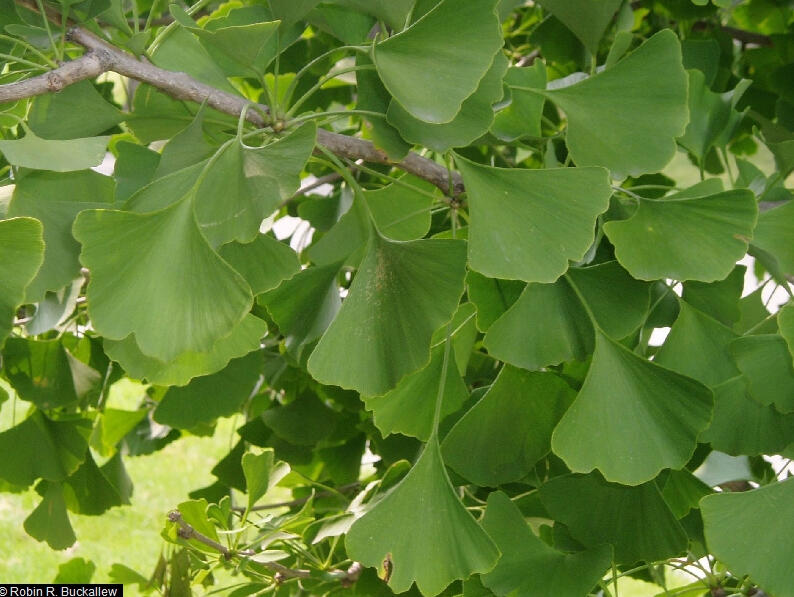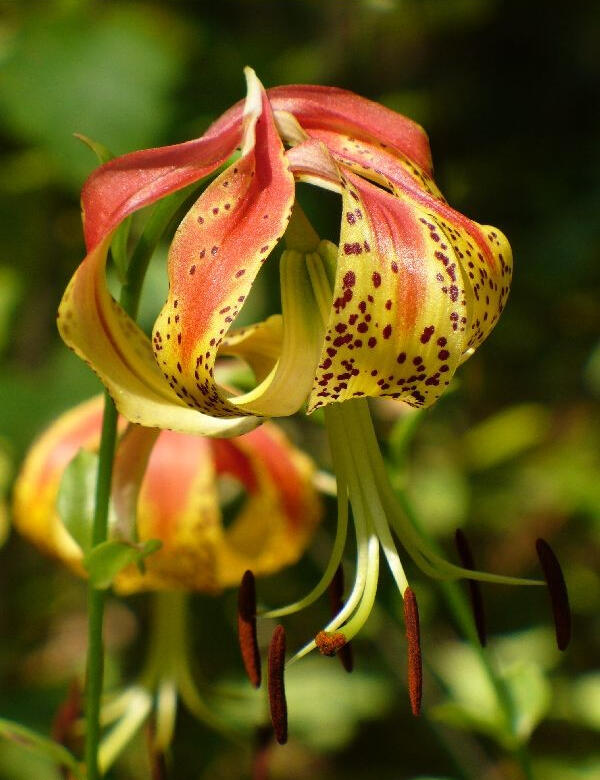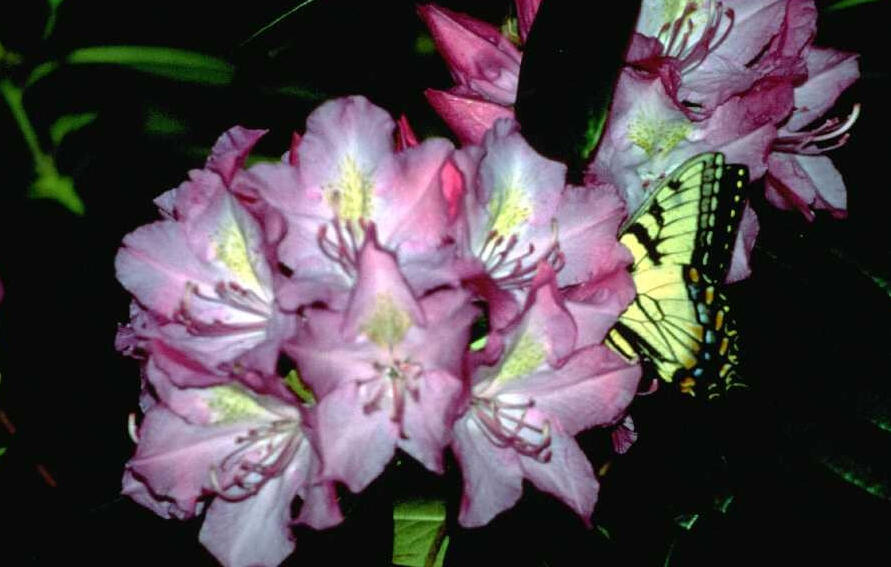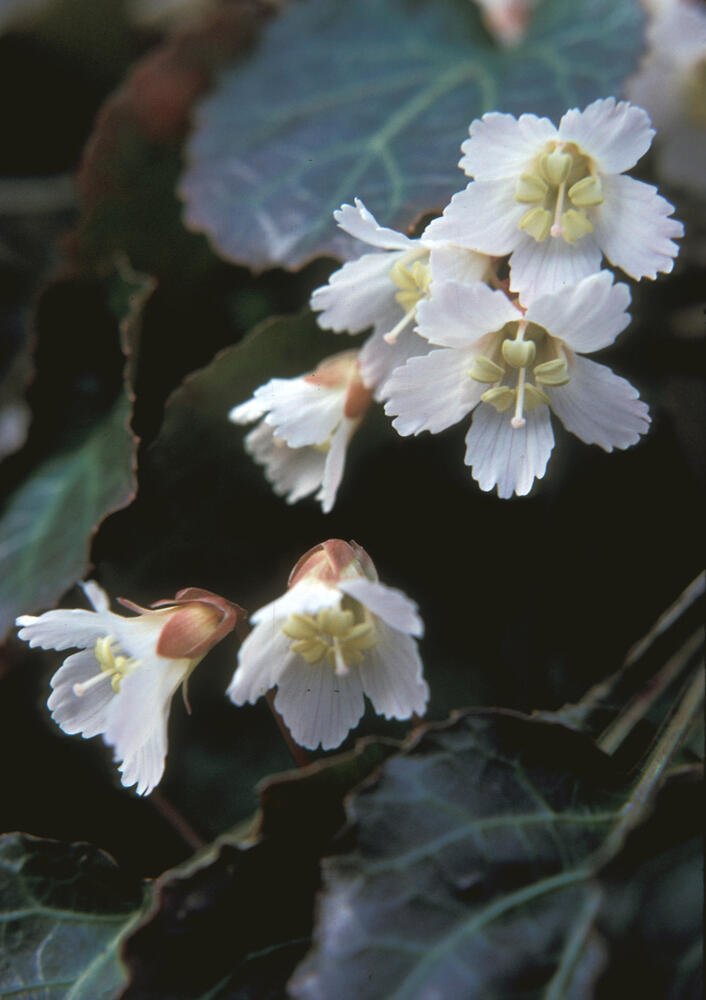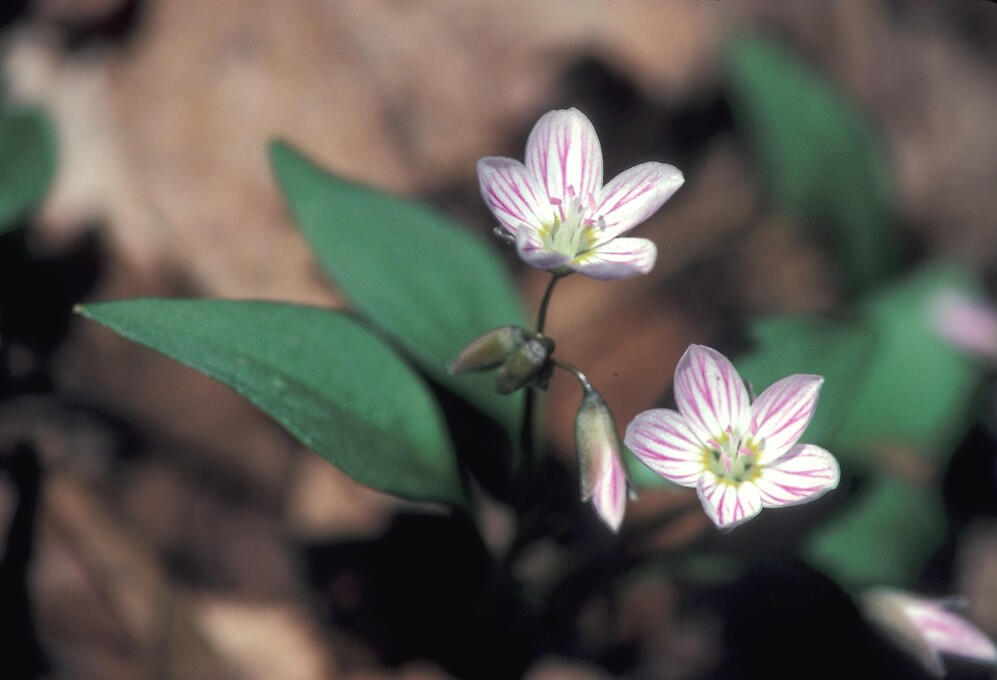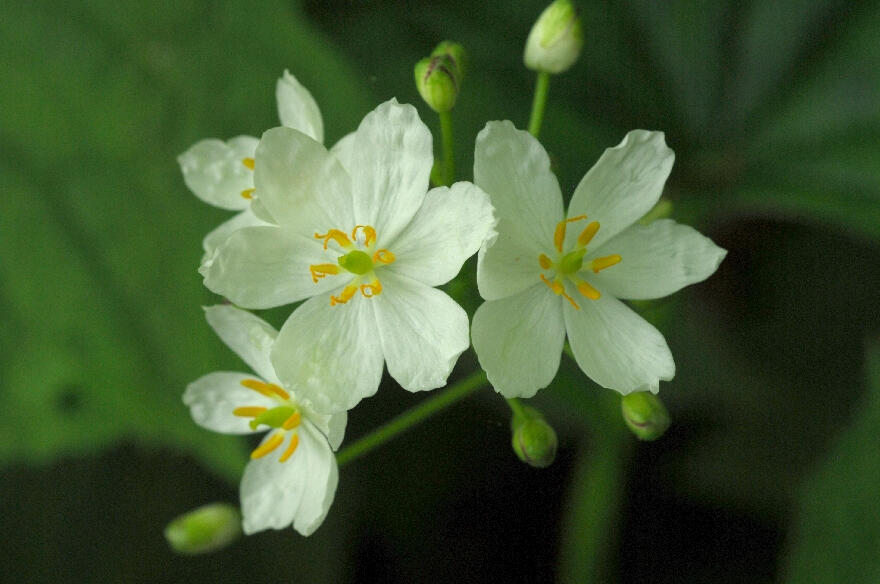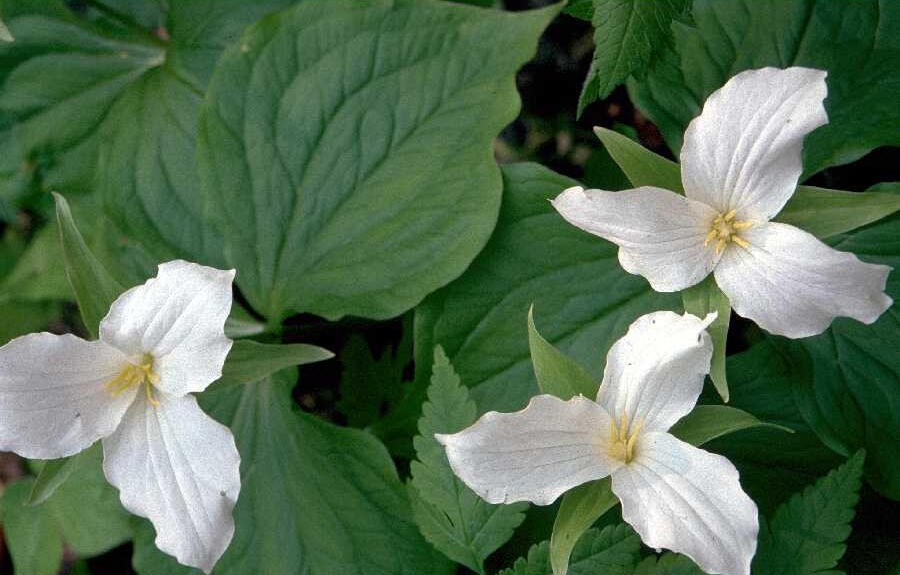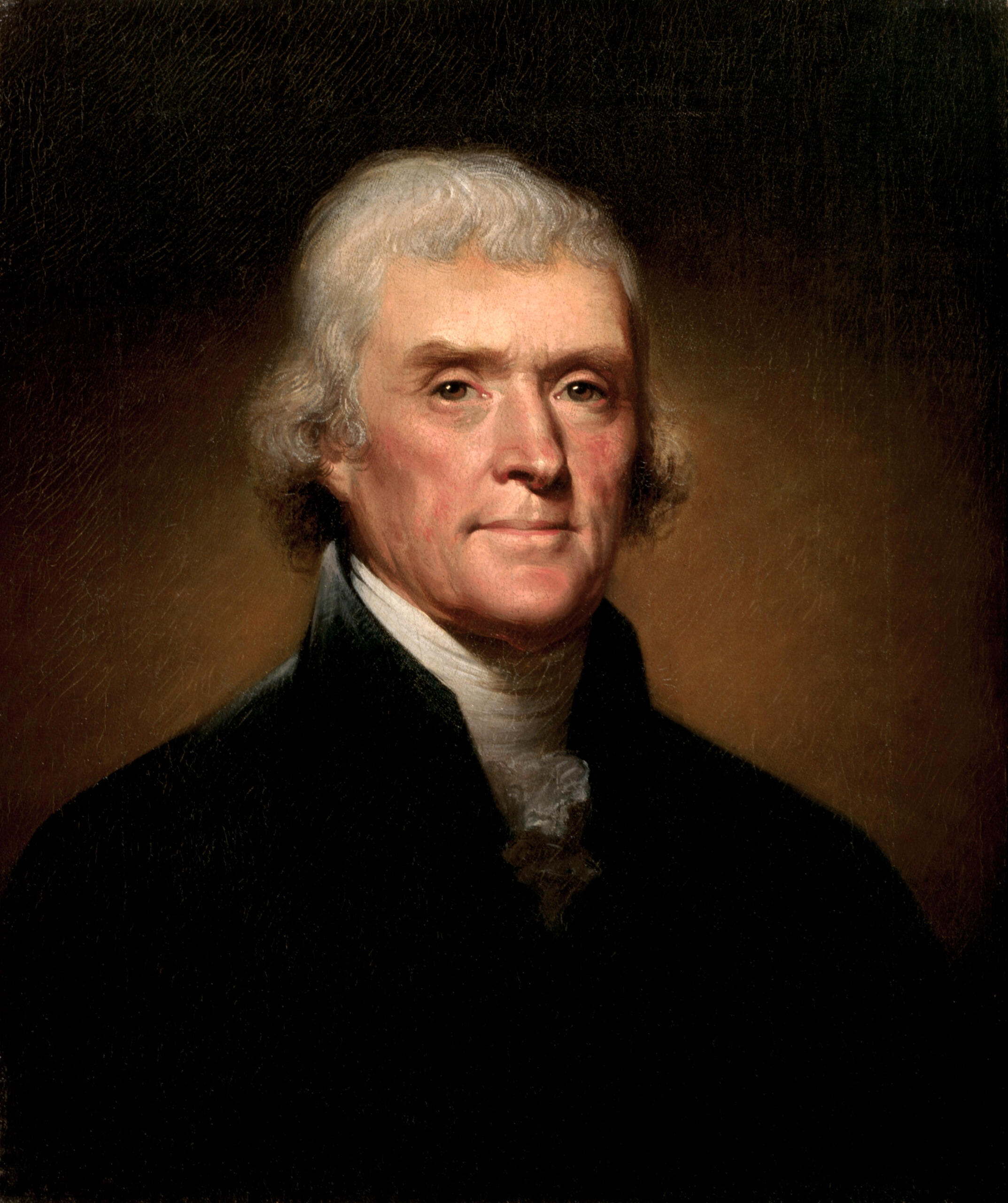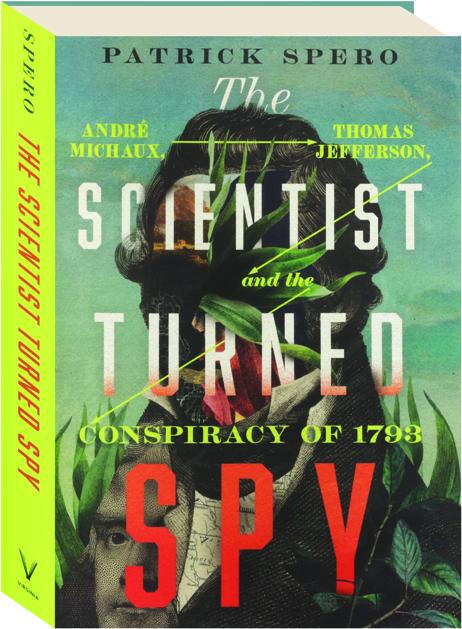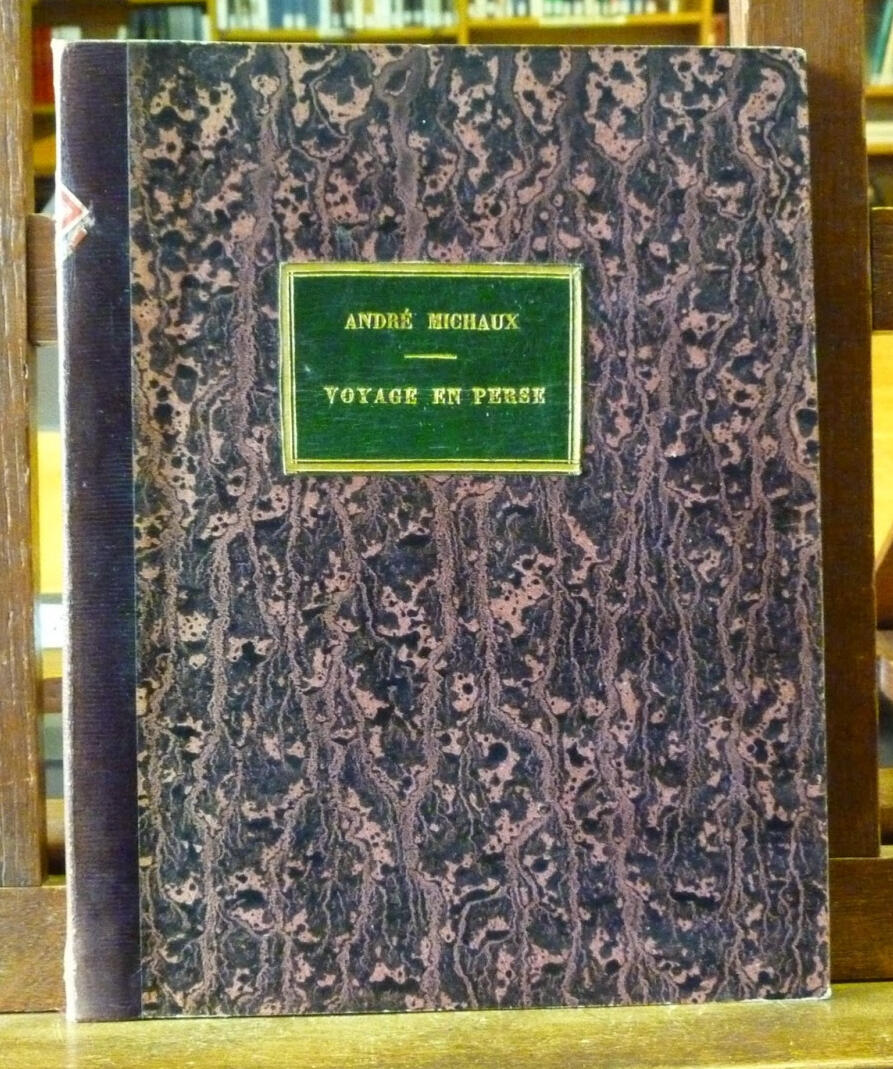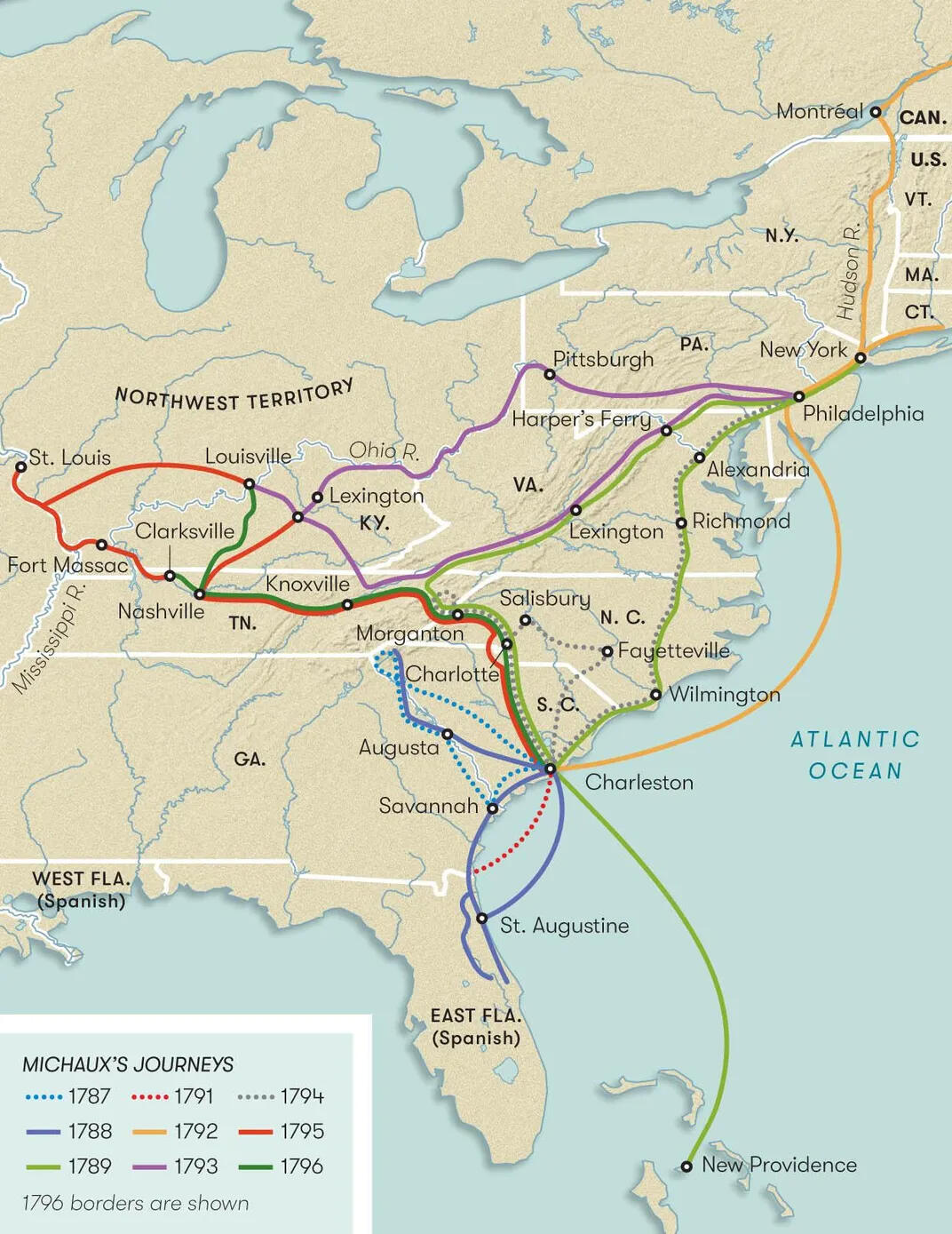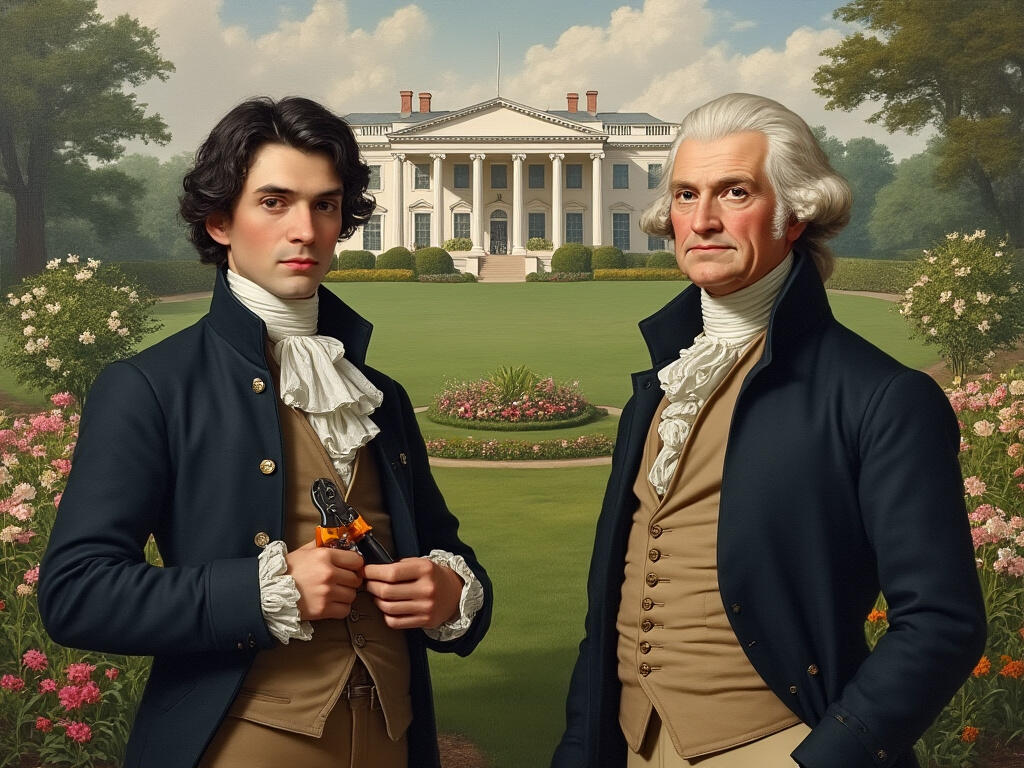André Michaux:
Remarkable & Intrepid Botanist
An exploration of André Michaux's life as a botanist, scientist, explorer and spy, spanning his travels from Europe to Asia and North America.
menu
André Michaux. As there are no known available images of André Michaux (none found that may have been created during Michaux's lifetime), I opted for an AI image generation that would capture the essence of this important and great scientist and botanist.
Introduction
In this research, I have chosen to delve into the life and legacy of André Michaux (1746–1802), a remarkable figure in the world of botany who played a key role in expanding our understanding of plant life during the post-Linnaean era. As a French botanist and explorer, Michaux embarked on journeys that spanned continents, with his work taking him through the wilderness of America and Québec. Along the way, he discovered thousands of plant species, documented his findings in two major bibliographical works, and left behind an ecological legacy that continues to influence botanists and environmentalists to this day, more than two centuries after his passing.
In this exploration, I will first trace his fascinating biography, highlighting his adventures and contributions to science. I will then shift focus to the Michaux State Forest of Pennsylvania and the André Michaux Ecological Reserve, located in the Outaouais region of Québec, which both serve as a tribute to his enduring impact. Michaux's important discoveries and work not only represent his immense contributions to the discipline of botany, but also continue to influence and inspire awareness of North American forests and ecosystems preservation today.
Finally, I will delve into the subject of recently published historical information uncovering Michaux’s involvement in an international spy intrigue, involving France, Spain and the then nascent American government during Michaux’s sojourn in North-America.
Biography
André Michaux was born in 1746 in Satory, near Versailles, France. His early years would lead him to become one of the most important botanists and explorers of his time, serving under the French crown. His work as a botanist, plant collector, and explorer spanned several continents, with significant contributions to the study of plants and ecosystems.
Michaux embarked on numerous expeditions that expanded botanical knowledge across the globe. His travels included England, Spain, the Middle East, the northeastern region of North America, the Bahamas, the Canary Islands, parts of the Indian Ocean such as Mauritania, and finally Madagascar, where he eventually died in 1802 or 1803.
During his time in North America, Michaux extensively explored the forests and wilderness of the continent, contributing to the discovery and classification of countless plant species. He became renowned for his skill in identifying, collecting, and documenting plants. His deep connection to nature and his passion for expanding France’s botanical knowledge made him an indispensable figure in the crown’s scientific expeditions.
One of his most notable works, Histoire des chênes de l’Amérique (History of North American Oaks), was published in 1801. This book focused on the various species of oak trees he encountered during his explorations in the Americas. It stands as a major contribution to the study of North American flora.
Another significant publication, Flora Boreali-Americana, was released posthumously in 1803. This work further showcased Michaux's extensive research on the plants of North America, solidifying his legacy as a pioneering figure in the field of botany. Michaux's enduring contributions to botanical science continue to influence researchers and environmentalists today, ensuring that his work lives on well beyond his lifetime.
Quercus macrocarpa Michx. Source: Pinterest. Click on image for more information
L'Histoire des Chênes de l'Amérique. Source: Linda hall Library. Click on image for more information
Château de Versailles: King's Grove. Source: Château de Versailles. Click on image for more information
Louis Guillaume Lemonnier. Source: Alchetron. Click on image for more information
Claude de la Billarderie. Source: Useum. Click on image for more information
Bernard de Jussieu. Source: Alchetron. Click on image for more information
André Thouin. Source: Wikiwand. Click on image for more information
Formative years
André Michaux was born into modest origins, raised in a farming family that worked on land belonging to the royal estate near the gardens of Versailles. His father managed a 500-acre estate of fertile land, a responsibility that greatly influenced Michaux's upbringing. Growing up in this environment, Michaux developed a strong connection to the land from an early age. 1
His academic education was basic by 18th-century standards in France. He received a classical education, which included the study of Latin and Greek. During this period, Michaux also developed a talent for languages, a skill that would serve him well during his later travels abroad. Due to the proximity of his home, the young Michaux likely spent time in the gardens of Versailles, a place that may have sparked his early interest in plants. 2
However, around the age of 14, Michaux’s formal education came to an end when his father decided it was time to teach him the demanding trade of farming. Despite this, Michaux excelled in cultivating plants, especially challenging species. His talents in agriculture eventually gained the attention of those in King Louis XVI’s circle, solidifying his reputation as a skilled cultivator. 3
Encouraged by Louis Guillaume Lemonnier, a prominent court physician and distinguished naturalist of the time, who had recognized Michaux’s natural talent in agriculture, André Michaux began his formal studies in botany. His goal was to master the science of botany with the hope of traveling abroad, particularly to countries with climates similar to that of France. Michaux envisioned bringing back different and useful plant species, intending to acclimate them to the soils and conditions of his homeland. 5
During this period, Michaux met the influential Count of Angiviller (Claude De la Billarderie), a key figure in the court of Louis XVI and the director of royal properties and gardens. This connection proved crucial in advancing Michaux’s career. 6
A pivotal moment came in 1777 when Michaux began studying botany under the renowned Bernard de Jussieu at Trianon, who was responsible for the first natural classification of plants. Two years later, in 1779, Michaux moved to Paris to pursue his studies at the Jardin des Plantes (The Garden of Plants), then known as the Jardin du Roi (The King’s Garden), The Jardin des Plantes was a center for higher botanical education within the nurturing environment of a botanical garden. This period marked the culmination of Michaux’s training in botanical sciences. 7
Jardin des Plantes. Source: Jardin des Plantes. Click on image for more information
At the Jardin des Plantes, Michaux met several key figures in the scientific community, including André Thouin, an expert in the naturalization of exotic plants and a professor at the garden. This network of influential contacts helped solidify Michaux’s place in the world of botany. 8
During this time, Michaux displayed tremendous enthusiasm, energy, and exuberance—qualities that impressed his peers and those around him, becoming his hallmark traits as he embarked on his ambitious career as a botanist. 9
Notes:
1 - Savage, p.6-7.; Williams
2 - Ibid
3 - Williams
4 - Savage, p.6-7.; Williams
5 - Savage, p.8-9.; Williams
6 - Savage, p.8-9.
7 - Savage, p.8-9.; Williams
8 - Savage, p.10.
9 - Williams
Travels
Europe
In 1779-1780, Michaux made a brief stay in England. This was a journey of observation, study, and learning, during which he likely visited the grand gardens of Kew and spent time at the British Museum, where he consulted the impressive collection of Sloane's herbariums. He also met with the skilled cultivator James Gordon. Upon returning to France, Michaux embarked on a short trip to Auvergne and crossed the Pyrenees into Spain. He came back to France with a collection of plants and seeds intended for the gardens and nurseries of the royal court. 10
Middle-East
In 1782, Michaux arrived in the Middle East as part of a botanical expedition led by the consul Jean-François Rousseau. 11 Their mission was to collect plants and seeds that could adapt and thrive in French soil, as well as to enhance the country's scientific and agro-economic knowledge. 12 The journey lasted three years, from 1783 to 1785, during which Michaux explored regions from Persia to the Caspian Sea, and even the Indian Ocean. This expedition was filled with adventures and stories, each more fantastic and dangerous than the last. 13
Notes:10 - Savage, p.14-15.
11 - Ibid
12 - Savage, p.15.
13 - Savage, p.16-31.; Williams
14 - Savage, p.22.
15 - Savage, p.29.
16 - Savage, p.31.
Slaone Herbarium Collection. Source: Herbarium World. Click on image for more information
Context
Here are some of the species discovered and others sent by Michaux during his journey to the Middle East: Prunus dulcis (Almond) (syn.: Prunus amygdalus) 14; Dianthus (Carnation), Polygala (Milkwort), Stylophorum diphyllum (Michaux) Nutt. (Celandine poppy), Reseda odorata (Sweet Mignonette), Sarcocolla (Vlieëbos) 15; Diospyrus (Ebony), Gleditsia triacanthos L. var. Brachycarpos Michx (Honey locust). 16
Gleditsia Brachycarpos Michx. Source: Native Plants for Tennessee. Click on image for more information
Ginkgo biloba. Source: Wikipedia. Click on image for more information
William Bartram. Source: Historical Marker DB. Click on image for more information
Rhododendron catawbiense. Source: Flora of Southeastern United States. Click on image for more information
ContextDuring this period, most of France's forests were devastated by clear-cutting due to the construction of warships for the conflict with England. As a result, the reforestation (regeneration) of these forests became a national priority for the French government. 40 In this context, Michaux's mission in America took on both ecological and economic significance.
Here is a brief overview of the plants sent by Michaux: acorns from Quercus alba (White oak) and Quercus rubra (Red oak), chestnuts from Castanea dentata (American chestnut), and Vaccinium macrocarpon (Cranberry). 41
A friendship quickly developed between Bartram and Michaux, and the two botanists committed to exchanging knowledge, plants, and seeds. 42
During his North-American mission in Québec, Michaux specifically noted the presence of spruces, firs, birches, elms, beeches, lindens, and various wildflowers, including impatiens, violets, ginseng, and anemones, to name just a few.
Elodea canadensis Michx. Source: USDA Plants DB. Click on image for more information
Magnolia macrophylla Michx. Source: USDA Plants DB. Click on image for more information
André Michaux's headstone at Charleston airport. Source: Daniel Stowe Botanical Garden. Click on image for more information
Notes:17 - Savage, p.38.
18 - Williams.
19 - Chinard, p.275.
20 - Chinard, p.275; Williams.
21 - Williams.
22 - Ibid
23 - Ibid
24 - Ibid
25 - Savage, p.84; Williams.
26 - Savage, p.113.
27 - Savage, p.117.
28 - Ouellette and Savage, p.117.
29 - Savage, p.118.
30 - Savage, p.123-124.
31 - Savage, p.122-123.
32 - Williams.
33 - Ibid
34 - Ibid
35 - Ibid
36 - Ibid
37 - Ibid
38 - Ibid
39 - Ibid
40 - Savage, p.38; Williams.
41 - Savage, p.42.
42 - Williams.
North America & Final Years
In 1785, after returning from the Middle East, Michaux was entrusted with a scientific mission to North America. The goal was to study the continent's forests and collect plants and seeds that could revitalize the forests, farms, and gardens of France, with the hope of alleviating the nation's economic distress. 17 Michaux’s primary objective was to discover new tree species in the American forests that could be used to reforest the depleted forests of France. 18
Michaux, then 39 years old, arrived in New York in November 1785, accompanied by his son François André and Paul Saulnier, a gardener trained by André Thouin. 19 Upon arrival, Michaux immediately set to work, sending Count D’Angiviller a first shipment of plants and seeds, and at that time introduced the Ginkgo biloba to North America as a gift from the French government. In 1786, on behalf of the King, he purchased land in Hackensack, New Jersey, where he envisioned an ambitious project, creating an experimental garden (close to the idea of nurseries of today) that spanned 30 acres. 20
During this time, Michaux became acquainted with the renowned botanist William Bartram and, during a trip to Philadelphia, met notable figures such as Benjamin Franklin and George Washington. 21 In 1786, Michaux transferred the New Jersey garden to Paul Saulnier and settled in Charleston, South Carolina, where he designed another experimental garden, this time covering 111 acres. This garden would become something of Michaux's headquarters. 22 During this period, Michaux focused on developing and expanding the new garden. He also introduced new species to North America, including Albizina julibrissin (Mimosa), Lagerstroemia indica (Crape myrtle), and Camellia (Camellia). 23 (Williams)
Around 1787, following a route suggested by William Bartram, Michaux began exploring the territory along the Savannah River with Scottish botanist John Fraser. He later parted ways with Fraser to continue his mission in Cherokee territory. On this journey, Michaux discovered Shortia galacifolia (Oconee bells), a species forever associated with his name. 24 Between 1788 and 1791, he botanized in the tropical regions of Florida and the Bahamas, discovering species such as Magnolia grandifolia, Quercus phellos, Myrica cerifera, and Rhododendron catawbiense. 25
In 1792, following instructions from the French government, Michaux was forced to sell the Charleston garden despite his efforts to preserve it. 26
That same year, Michaux organized a botanical expedition to Québec. Traveling via Lake Champlain and the Richelieu River, he cataloged more than 150 native species. 27 Michaux arrived in Montréal, where he made a brief stay and discovered species such as Elodea canadensis, new species of Oxalis, and Azalea. 28 The expedition continued along the St. Lawrence River toward Trois-Rivières, Cap-de-la-Madeleine, Québec, and the Lower St. Lawrence. Along the way, Michaux observed, documented, and collected plants at a frantic pace. He noted the abundance of Abies, Arborvitae, larches, and Betula papyrifera, among many other species. 29 Michaux’s team then made the difficult journey up the Saguenay River, passing through Tadoussac and Chicoutimi. This leg of the journey lengthened the expedition due to the challenging canoeing and portaging, along with the cold, which weakened the team members. 30 Michaux reached Lake Saint-Jean but had to stop at Lake Mistassini, intending to reach Hudson Bay. However, he decided to end the exploration due to the harsh cold, fatigue, and illness among the crew. In September 1792, Michaux's botanical mission to Québec came to an end. 31
From 1792 to 1796, Michaux traveled through Pennsylvania and Kentucky, eventually returning to his headquarters in South Carolina. In 1792, he met Thomas Jefferson and proposed an ambitious plan to explore the western continent to the Pacific Ocean, but this plan was never realized due to international political pressures. 32 Back in Carolina, Michaux continued to collect plants, particularly in the Piedmont and Tuckaseege Ford areas. During these explorations, he discovered Rhododendron catawbiense along the Catawba River (from which its name originates). In the Tuckaseege Ford region, Michaux noted the presence of Magnolia macrophylla. 33
Meanwhile, Michaux continued to manage and cultivate the gardens in New Jersey and Charleston while botanizing in the surrounding areas. 34 In 1795, with very limited financial resources, he embarked on a solo exploration of the Mississippi River frontier, where he discovered Quercus macrocarpa Michx. 35
Michaux’s precarious financial situation forced him to abandon his exploration projects in America and relinquish control of the gardens. He returned to France in 1795. 36 Upon arriving in France, Michaux lived modestly, without income, but continued working on the writing of Histoire des chênes de l’Amérique and Flora Boreali-Americana. 37
In 1800, Michaux left again, joining the Baudin expedition to the Mauritian Islands. Michaux and a young zoologist, Bory de Saint-Vincent, decided to leave the expedition, and Michaux departed from Mauritania to Madagascar to study and collect plants in that region. 38
Around the year of 1801 or 1802, Michaux died in Madagascar, theorized as reportedly succumbing to a tropical illness. 39
André Michaux and his Heritage
André Michaux played a pivotal role in the naturalization, importation, and exportation of an exceptional number of tree, plant, and seed species, particularly between France and America. These species were intended for agricultural, forestry, and horticultural use, aiming to benefit both countries.
As discussed, Michaux was instrumental in the creation of experimental gardens, such as those in New Jersey and Charleston. These gardens, seen as precursors to today's specialized nurseries and greenhouses, functioned as testing laboratories for cultivating various species, particularly for the national interests of France. 43
Michaux also produced significant and influential botanical works. One of his major publications, Histoire des chênes de l’Amérique (1801), was an exceptional volume that catalogued twenty species and varieties of oaks (Quercus), classified by leaf morphology, annual and biennial fruiting patterns, and hardiness zones, specifically focusing on where these species could be naturalized in France. 44 His other monumental work, Flora Boreali-Americana, published posthumously in 1803 and later in 1820, documented over 1,700 species of plants that Michaux encountered and studied during his explorations. 45
Michaux’s herbarium, now archived at the Muséum national d’Histoire naturelle in Paris, remains a vital resource for the horticultural community today, serving as a key artifact for the study and further understanding of American flora. 46
His advocacy for sustainable forestry and the creation of ecological reserves also stands out as a major contribution. Michaux’s meticulous study of the American forests helped produce a systematic description of plant species, particularly in the eastern regions of North America. 47 At that time, aggressive and reckless agricultural and forestry practices were rampant, leading to the endangerment of many forests. Michaux rejected both the belief in the total and irreversible destruction of forests and the idea that forests were an inexhaustible resource. Instead, he proposed that, after devastation, forests could regenerate and become even more productive over time. 48 His ecological perspective raised awareness among scientific, political, and business communities about the advantages of sustainable forestry, the spirit of conservation, and helped lay the foundation for a professional forestry discipline in the New World. 49
Michaux’s work, alongside his son François-André, inspired figures such as Joseph T. Rothrock, a professor of botany at the University of Pennsylvania. In 1877, Rothrock delivered a series of lectures on forestry funded by the Philosophical Society’s Michaux Fund. 50 These lectures garnered significant interest from the scientific and governmental communities and helped increase awareness of forest conservation and protection. This led to the state legislature's decision to acquire threatened forests and natural areas to preserve them. One of the exemplary outcomes of this program was the creation of the Michaux State Forest, named in honor of both Michauxs. 51
In Québec, there are also ecological reserves, including one named after André Michaux, located near the regional county municipality of the Vallée-de-la-Gatineau (discussed further in the text).
Moreover, the Philosophical Society’s Michaux Fund continues to be active today, funding various research projects, including studies on the genetic complexity of oaks, a species known for producing natural hybrids. 52
Notes:43 - Savage, p.190-191.
44 - Savage, p.180-181.
45 - Ouellette.
46 - Ouellette and Williams.
47 - Savage, p.357.
48 - Savage, p.356.
49 - Savage, p.356.
50 - Savage, p.357-358.
51 - Savage, p.359.
52 - Savage, p.360.
André Michaux's work: Flora Boreali-Americana. Source: Biodiversity Library (BHL). Click on image for more information
André Michaux's botanical legacy. Source: MHHN - Jardin des Plantes. Click on image for more information
ContextWhat is an Ecological Reserve?An ecological reserve is a protected area kept in its natural state, such as an island, forest, mountain, peatland, watershed, or the habitat of a rare or endangered plant or animal species. In the following examples for the Michaux State Forest and the André Michaux Ecological Reserve, these areas are distinct in their characteristics and represent the rich ecological and genetic diversity, respectively, of Pennsylvania's and Quebec’s natural heritage.These reserves act as museums dedicated to conserving rare or endangered species of fauna and flora, or protecting exceptional sites from human disturbances. They serve as scientific research laboratories, enabling the observation of ecosystems and the documentation and monitoring of species. Ecological reserves also provide a reference for evaluating the environmental impact of human activities on natural environments.Of note: In general, public access to ecological reserves is for the most part strictly devoted to preservation and research purposes and is prohibited, for example, for recreational or tourist activities to take place. However, in the situation of both the Michaux State Forest of Pennsylvania and the Réserve Écologique Michaux of Québec, both reserves include many areas of the forest that are accessible for public use devoted for various outdoor activities.
Michaux State Forest. Source: PDNR - Michaux State Forest. Click on image for more information
Notes:
53 - General information from the Pennsylvania Dept. of Conservation & Natural Resources (DCNR):
Forest & Trees:
Wild Plants:
Facebook:
Michaux State Forest of Pennsylvania
Michaux State Forest, a living tribute to the 18th-century French botanist André Michaux (and his son Fraçois André), spans over 85,500 acres in Pennsylvania's Cumberland, Franklin, and Adams counties. Michaux, renowned for discovering and naming numerous plants, left a lasting legacy on North American botany, and the forest that bears his name reflects his passion for the natural world. Located at the northern tip of the scenic Blue Ridge Mountains, Michaux State Forest is rich in biodiversity, featuring oak-dominated forests alongside red maple, black birch, and pine. It also serves as the birthplace of Pennsylvania’s forestry movement, with the first forestry school established here at Mont Alto.
In honor of Michaux’s dedication to the environment, the Department of Conservation and Natural Resources (DCNR) manages the forest as a working landscape that blends conservation with public enjoyment. A new Resource Management Center is in the works, set to enhance visitor engagement, restore habitats, and deepen the forest’s connection to the legacy of conservation Michaux championed. The forest’s management plan emphasizes ecological integrity, focusing on the preservation of water quality, wildlife habitat, and sustainable timber use, all while fostering an environment where visitors can connect with nature.
Its management reflects Michaux’s ideals by conserving the forest’s ecosystems while allowing for the study and sustainable use of its resources. From careful timber harvesting to the protection of rare plant communities, Michaux State Forest honors the botanist's pioneering spirit, ensuring that both his scientific contributions and the natural landscapes he cherished endure for future generations 53
André Michaux Ecological Reserve
The ecological work of André Michaux, an 18th-century botanist and explorer, was honored in Québec in 1993 with the creation of the André Michaux Ecological Reserve. This reserve is one of the sixty-eight ecological reserves established throughout the province of Québec.
Historical Background
The law on ecological reserves, adopted in Québec in 1974, was part of a global awakening in the 1960s regarding the planet's endangered natural balance and the urgent need to preserve ecosystems in their natural state to maintain biodiversity across continents. This movement led to the 1972 UNESCO World Heritage Convention, which aimed to protect cultural and natural heritage worldwide. Canada signed this convention in July 1976. The increasing establishment of ecological reserves across Québec demonstrates the government’s commitment to safeguarding biodiversity.
Established in 1993, the André Michaux Ecological Reserve is located about fifty kilometers north of Hull and spans 450 hectares (approx. 1112 acres). The land, donated by Hydro-Québec to the Government of Quebec for conservation purposes, contains ecosystems representative of the hardwood forest in the ecological region of Lower Gatineau. The area includes maple-linden and maple-yellow birch forests.
The reserve is characterized by highly varied topography, with elevations ranging from 450 meters (492 yards) at the highest point to the lowest point at the Gatineau River. The reserve features a range of plant communities, including:
Xeric types: dry sites on steep slopes with excessive drainage, featuring red oak groves and white pine-red pine stands.Hydric types: wet, poorly drained sites near lakes and marsh areas, supporting white spruce-fir forests, black ash-alder swamps, and sphagnum bogs.Intermediate types: including meso-xeric, mesic, and meso-hydric zones with well to moderately drained soils, home to maple-linden, maple-yellow birch, and hemlock forests.Note: Of particular interest is the rare and vulnerable orchid species found in the reserve, Galearis spectabilis L. (Orchis spectabilis L.). 54
Galearis spectabilis. Source: Wikipedia. Click on image for more information
Tomifobia Nature Trail. Source: Plein air à la carte. Click on image for more information
Dansereau Outdoor Center – Pont-Rouge. Source: Plein air à la carte. Click on image for more information
Burbank Pond. Source: Plein air à la carte. Click on image for more information
Notes:
54 - General information regarding the Réserve Écologique André Michaux:
Wikipedia:
Québec Govt.
Plein Air à la Carte:
Google Maps:
Magnolia macrophylla Michx. Source: USDA Plants DB. Click on image for more information
Quercus macrocarpa Michx (Bur oak). Source: USDA Plants DB. Click on image for more information
Ginkgo biloba L. (Maidenhair tree). Source: USDA Plants DB. Click on image for more information
Lilium michauxii(Carolina Lily)
Rhododendron catawbiense (Purple laurel)
Shortia galacifolia (Oconee Bells)
Notes:55 - Daniel Stowe Botanical Gardens, Gobotany-Native Plant Trust and USDA Plants DB.
56 - Ibid
57 - Ibid
58 - Ibid
Some of Michaux's Noteworthy Plant Discoveries
Magnolia macrophylla Michx 55One of Michaux’s most exciting discoveries was undoubtedly the spectacular Magnolia macrophylla Michx, which has the largest leaves and flowers of any tree in North America.
Quercus macrocarpa Michx (Bur oak) 56At the heart of André Michaux’s mission in America was the introduction of species to France that were suitable for shipbuilding. Oaks were among the primary botanical interests of both father and son, as white oaks (Quercus alba L.) and bur oaks (Quercus macrocarpa Michx.) were among the most commonly used species in maritime construction due to the strength and remarkable flexibility of their wood.
Ginkgo biloba L. (Maidenhair tree) 57Michaux introduced several trees and plants from Europe and Asia into American horticulture, including species he helped establish in America after bringing them back as gifts to France. All of these plants are of Eastern origin. It is thanks to Michaux that Ginkgo biloba trees can now be found in North America.
Other Species of Importance 58
Claytonia caroliniana (Spring Beauty)
Diphylleia cymosa Michx (Umbrella-Leaf)
Trillium grandiflorum (Trillium)
André Michaux: an Intrepid Botanist
André Michaux, a pioneering botanist and one of the most significant scientific explorers in North America prior to the famous expeditions of Lewis and Clark, was not just a man of science but also a figure entangled in political intrigue. Commissioned by the revolutionary French government in the late 18th century, Michaux was tasked with a secret mission that went beyond botanical exploration. He was charged with rallying American frontiersmen to stage an insurrection in Spanish-controlled New Orleans. The goal was to seize control of Louisiana and establish an independent republic in the American West, thereby expanding French influence in North America.
Recent discoveries reveal that this covert operation, part of a broader French strategy during the tumultuous era of the French Revolution, may have had the tacit support or involvement of key figures in American politics, including Thomas Jefferson. Jefferson, who harbored dreams of expanding the United States westward, may have seen the French plan as a potential opportunity to gain control of the strategic Mississippi River and beyond.
Michaux’s botanical expeditions, which took him from the Appalachian Mountains to the Carolinas and all the way to the Spanish territories, provided him with crucial knowledge of the terrain and the local populations—both indigenous tribes and American settlers—who might have been sympathetic to French aims. His scientific discoveries, particularly documented in works such as Flora Boreali-Americana (1803), left an enduring legacy in botany. However, his role as a clandestine agent for the French government adds a fascinating layer to his life, intertwining science with international diplomacy and political maneuvering during a time of great uncertainty and opportunity in the early years of the American republic.
Michaux’s story sheds new light on the complex relationships between France, Spain, and the fledgling United States, highlighting the delicate balance of diplomacy, the ambitions of European powers in the Americas, and the emerging identity of the United States as it navigated the geopolitical tensions of the era. 59
Notes:59 - Suggested reading:
Spero, P.: The Scientist Turned Spy: André Michaux, Thomas Jefferson, and the Conspiracy of 1793;
Also, Botany of betrayal: André Michaux, Thomas Jefferson and the Kentucky Conspiracy of 1793 (book summary in PDF format:
Thomas Jefferson. Source: Wikimedia. Click on image for more information
Patrick Spero's book: The Scientist Turned Spy: André Michaux, Thomas Jefferson, and the Conspiracy of 1793. Source: Hamilton Book. Click on image for more information
The Scientist Turned Spy: André Michaux, Thomas Jefferson, and the Conspiracy of 1793: National Constitution Center Podcast on Youtube. Click on image for more information
Conclusion
In conclusion, the life and legacy of André Michaux (1746–1802) remain a significant chapter in the history of botany and environmental science. Through his expeditions across many continents, including North America and Québec, Michaux discovered and documented thousands of plant species, contributing invaluable knowledge to the scientific community. His major bibliographical works continue to serve as foundational references in botanical studies, and his ecological legacy persists through protected areas such as the Michaux State Forest in Pennsylvania and the André Michaux Ecological Reserve in Québec. These sites stand as living tributes to his impact on the preservation and understanding of plant life in North America.
Moreover, the discovery of Michaux’s involvement in international political intrigue between France, Spain, and the early American government adds a layer of complexity to his story, blending science with diplomacy and espionage during a critical period in history. His legacy, more than two centuries after his death, continues to influence both botanical exploration and historical understanding of international relations in the early American republic.
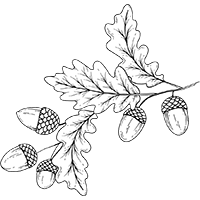
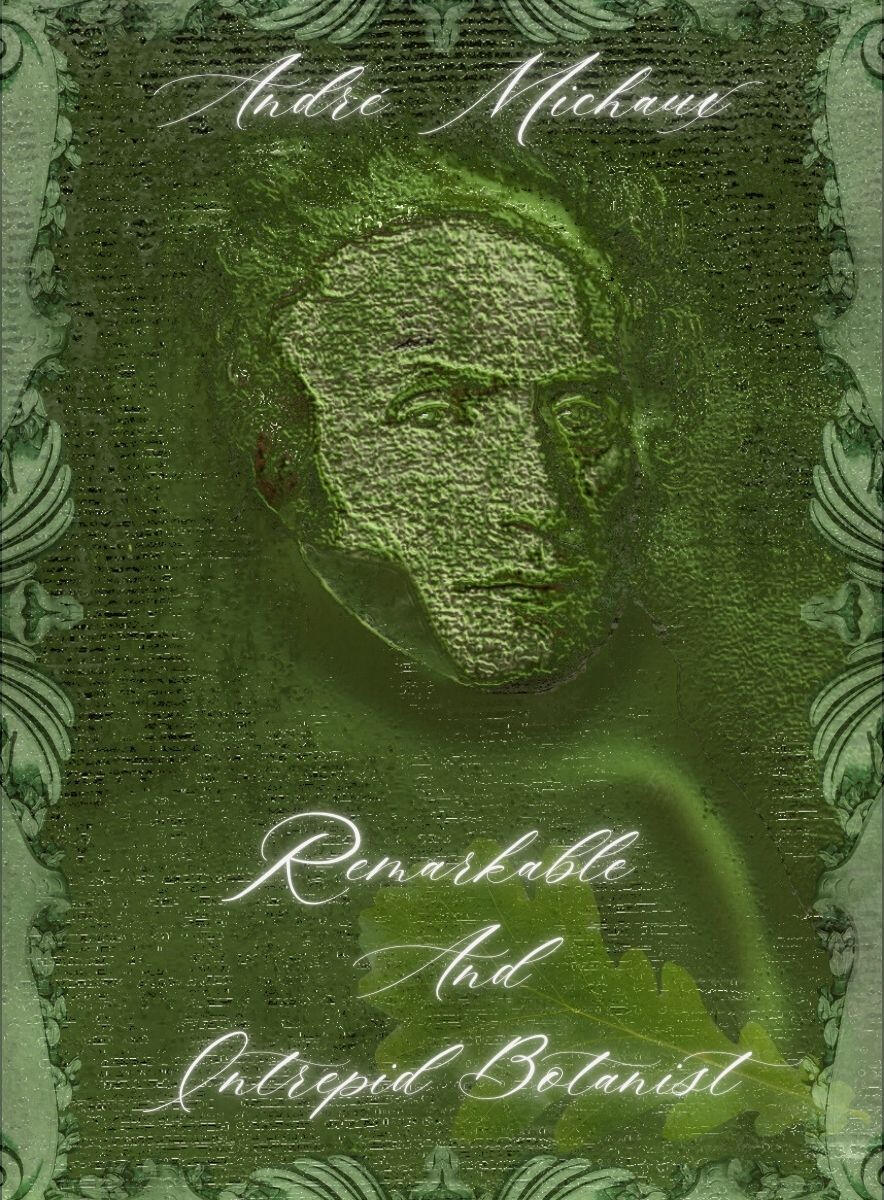
Sources
Monographs
Chinard, Gilbert et al, Colloques internationaux du Centre national de la recherche scientifique, 1957, Les botanistes Français en Amérique du Nord avant 1850, Centre national de la recherche scientifique, Paris, 360p.Ouellette, Nicole, 2001, Flore Laurentienne : version interactive :
Savage, Henry, Jr, 1986, André and François André Michaux, The University of Virginia Press, Charlottesville, 435p.Williams, Charlie, october 1999 (revised in August, 2001), André Michaux : Explorer, Collector, Botanist, Public Library of Charlotte and Mecklenburg County:
Suggested reading:Spero, Patrick, Sept. 17 2024, The Scientist Turned Spy: André Michaux, Thomas Jefferson, and the Conspiracy of 1793, University of Virginia Press, Charlottesville, 352 pages.
Links
For André Michaux's Heritage and Ecological Reserves:The Michaux State Forest - The Pennsylvania Dept. of Conservation and natural Resources:
André Michaux Ecological Reserve in Québec:
Botanical and Historical Sources:
Plant Identification Reference Manuals:
Armitage, Allen M, Rev., 1997, Herbaceous Perennial Plants: A Treatise on their Identification, Culture, and Garden Attributes, 1141 pages.
Dirr, Michael A., Rev., 1998, Manual of Woody Landscape Plants, Stipes Publishing LLC, 1187 pages.
Farrar, John Laird, Jan. 1, 1995, Trees of Canada, Fitzhenry & Whiteside, 502 pages.
Frère Marie-Victorin et collaborateurs, Jan., 2002, Flore Laurentienne (3ième éd.), les Presses de l'Université de Montréal, 1093 pages.
André Michaux: Persian Voyage Journal
The American Philosophical Society (Youtube Channel) - André Michaux in North America
Pursuits of Knowledge at Monticello (Youtube Channel) - The Scientist Turned Spy
Map of André Michaux's Journeys - The Forgotten French Scientist Who Courted Thomas Jefferson—and Got Pulled Into Scandal (Smithsonian)
Credits
This presentation on the subject of André Michaux's life and work was developed as an outgrowth and inspiration based on a collaborative research project presented back in October 2003. The initial project was submitted as a research term paper for a Plant Identification course taken at Université de Montréal.
I would like to take the opportunity to express my gratitude and appreciation to the following people (I have not seen in over 20 years!) whom I had the opportunity to have worked with on the original term paper research project. Much credit and appreciation goes to the diligent work of: Armineh Amirinia, Olivier Geuzaine and Sylvie Godin.I hope that one day they will be able to find this presentation, one way or another.Pierre Duranleau - Oct., 2024
AI Generated Image of André Michaux and Thomas Jefferson
